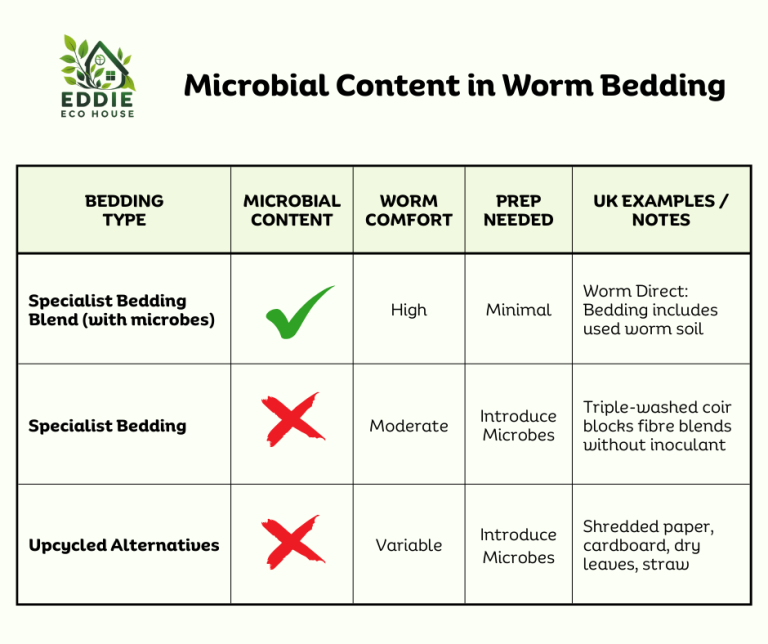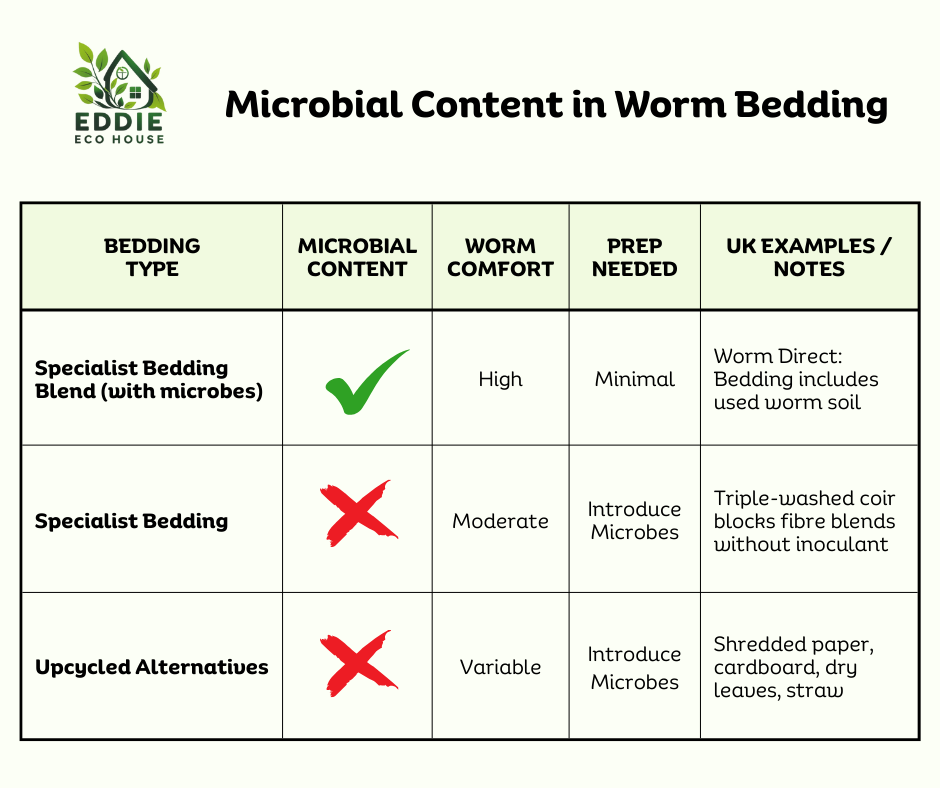Setting Up Your Vermicomposter
Section 6 of the Vermicomposting: Complete Guide

L.J.
Environmental Advocate
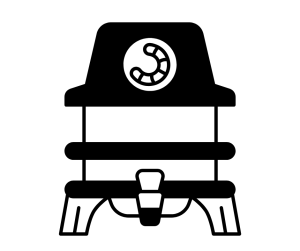
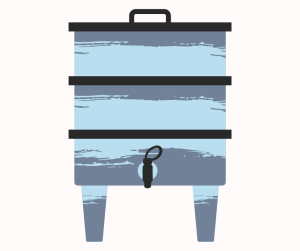
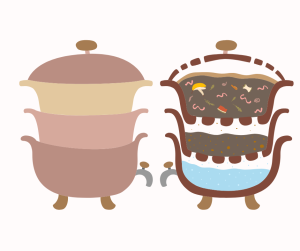
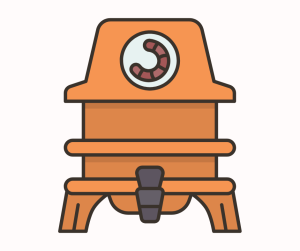
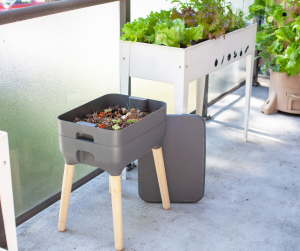
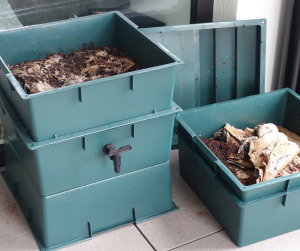
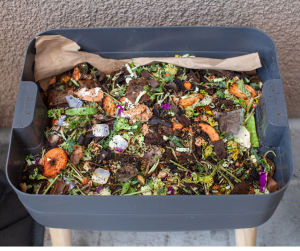
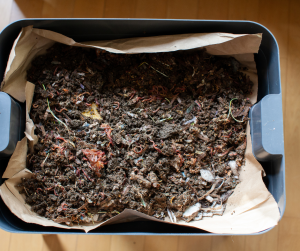
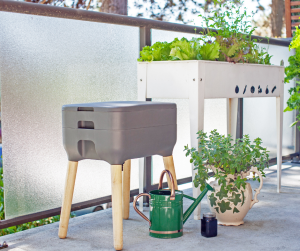
Contents
✅ Before You Begin: What You Should Have Ready
- 🪱 Your composting worms—chosen based on your setup and climate
- 🗑️ A suitable worm bin—DIY or pre-made, with airflow and drainage
- 🧻 Safe bedding materials—like shredded cardboard, paper, or coir
- 🍎 Worm-friendly food scraps—avoiding spicy, oily, or acidic items
With everything prepped and worm-approved, you’re ready to start building your vermicomposter.
Setting Up Your Vermicomposting System
Setting up your vermicomposter isn’t just about stacking layers—it’s about creating the right environment for airflow, moisture, microbes, and munching.
In this section, we’ll guide you through the essentials: how to prepare and layer bedding, inoculate your bin with beneficial microbes, introduce your worms, and start feeding. Whether you’re working with a DIY bin in a chilly shed or a classroom wormery, these steps will help you build a balanced, low-maintenance system from day one.
🧱 Putting Your Vermicomposter Together
With your materials sorted and your worm crew chosen, it’s time to build a home they’ll thrive.
Ready-Made Vermicomposting Bin
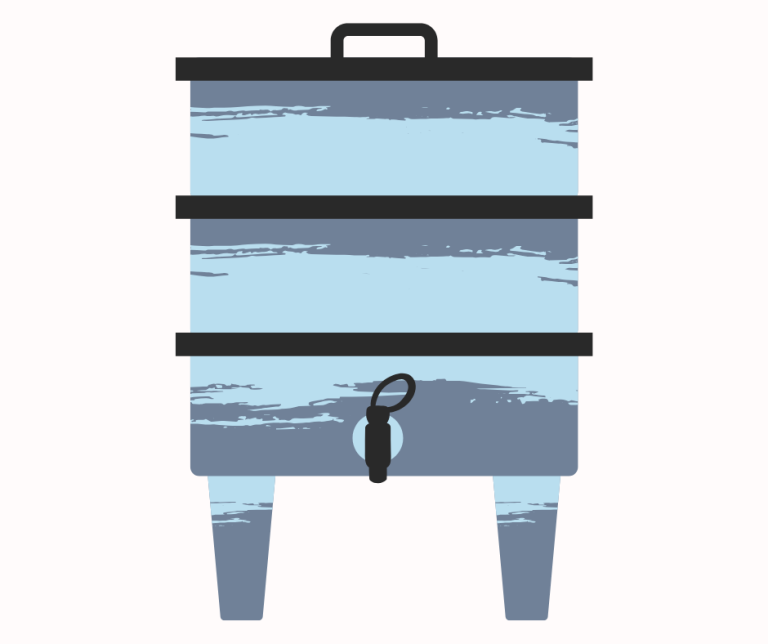
🛒 Setting Up Your Ready-Made Vermicomposting Bin
If you’ve purchased a ready-made worm bin, it should come with assembly instructions—but here’s a quick overview to help you visualise the setup:
- Step 1: Assemble the Base
Most systems include a ventilated bottom tray or reservoir to catch excess liquid (worm tea). Place this on a flat, sheltered surface—indoors or outdoors. - Step 2: Stack the Working Trays
These trays hold bedding, worms, and food scraps. They usually nest on top of each other, allowing worms to migrate upward as new food is added. - Step 3: Fit the Lid
The lid should be secure but breathable, often with built-in ventilation holes. This helps regulate moisture and airflow while keeping pests out
DIY Vermicomposting Bin
🛠️ Setting Up a DIY Vermicomposting Bin
If you’ve made your own worm bin, you’re in great company—many composters start with upcycled containers. Here’s how to get it ready:
- Step 1: Ventilation & Drainage
Drill small holes in the sides and lid for airflow, and add drainage holes at the bottom if needed. Place the bin on a tray or container to catch excess liquid (or for outdoor bins – elevate by standing on blocks and prevent pooling liquid in the bottom tray). - Step 2: Stack Trays
If your DIY setup has multiple working ‘trays’ - Step 3: Fit the Lid
The lid should be secure but breathable, with ventilation holes. This helps regulate moisture and airflow while keeping pests out.
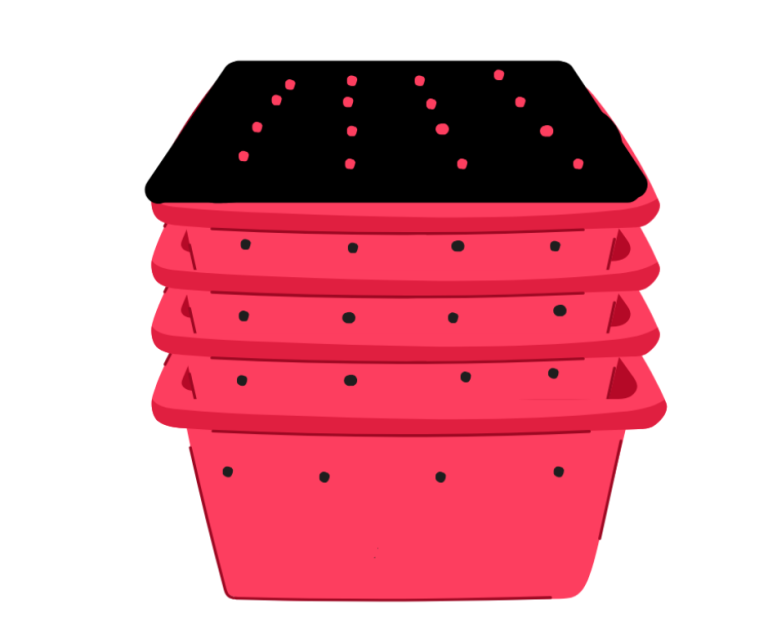
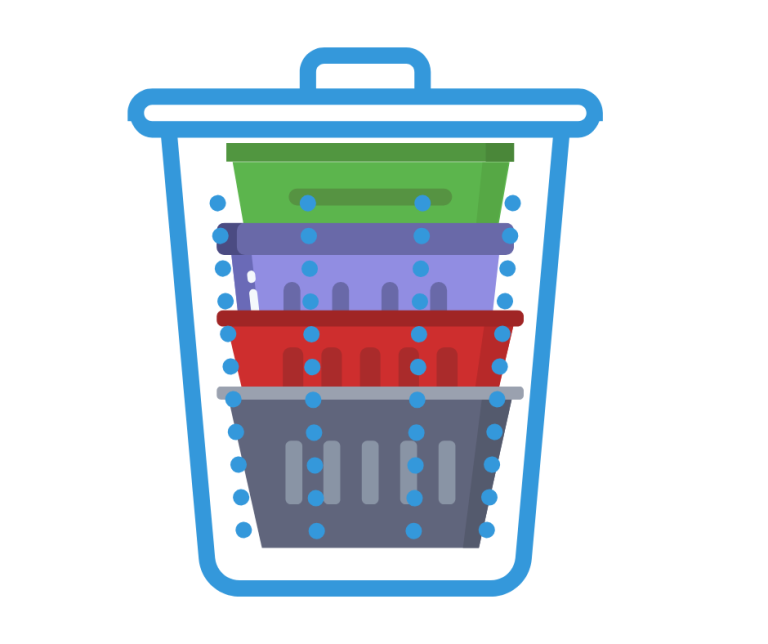
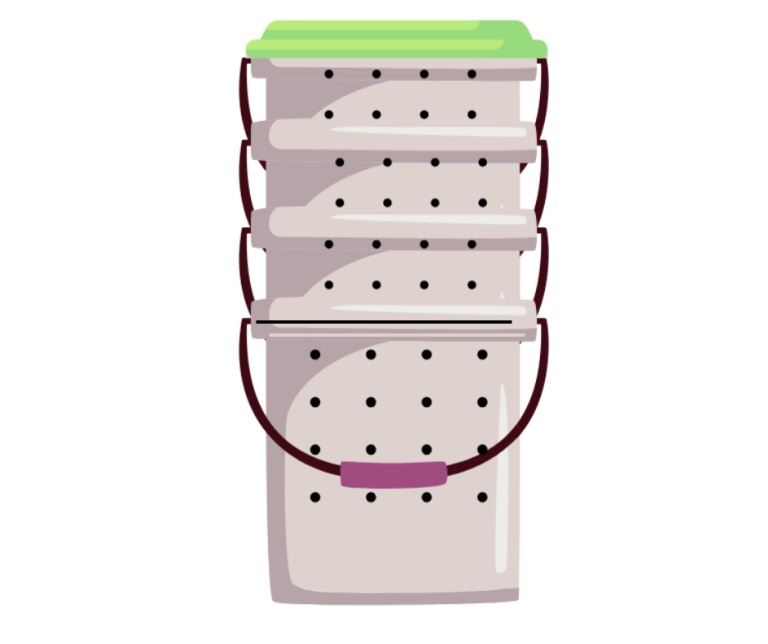
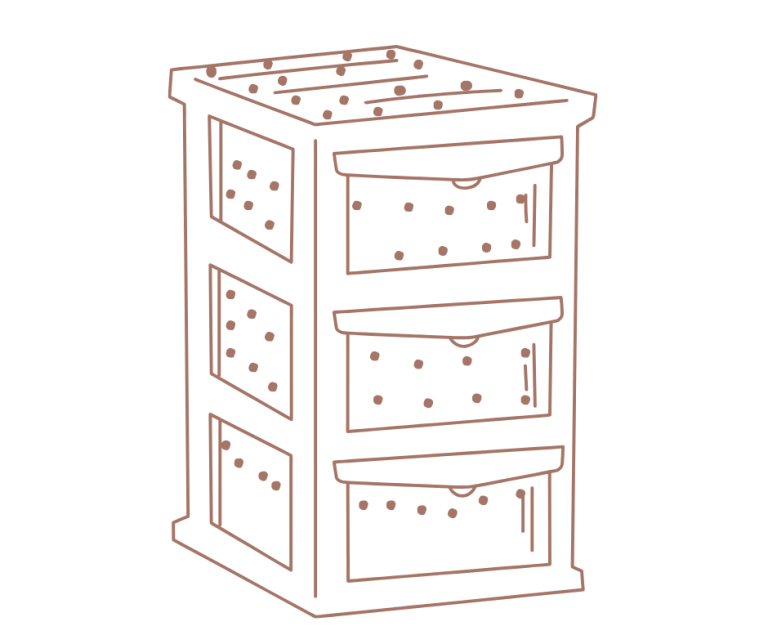
🛏️ Preparing Bedding
As mentioned in Section 2, you may choose to start your worm bin with premium bedding materials—such as coconut coir or pre-prepared worm bedding—which offer a stable, microbe-rich environment from day one. Once your bin is established, you can gradually introduce alternative bedding options like shredded cardboard, newspaper, or aged leaves.
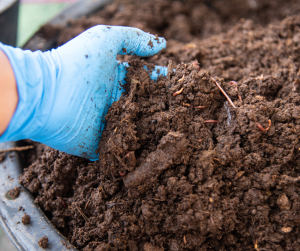
🪱 Starting with alternative bedding materials?
- ♻️ Upcycled alternative bedding materials (e.g. shredded cardboard, newspaper, aged leaves) may lead to increased worm escapes during the first few days.
- ⚠️ This is often caused by a lack of microbial activity, making the bedding feel less hospitable to the worms.
- 🌿 To reduce escapes and support a healthy composting process:
- Mix in a small amount of well-rotted compost or manure with your alternative bedding.
- This helps establish the right microbial balance, encouraging worms to settle and begin composting effectively
Bedding Materials Comparison
Choosing the right bedding materials is essential for creating a healthy, balanced worm bin. Each option offers different benefits—from moisture retention to airflow and microbial support.
This table compares DIY and specialist bedding types to help you select or blend materials that suit your setup, budget, and sustainability goals.
Preparing Bedding: Starting with Specialist Worm Bedding
Starting with specialist worm bedding gives your bin a stable, microbe-rich foundation—ideal for helping worms settle quickly and reducing early escapes.
🌿 Natural fibre blend: Their bedding includes composted materials and paper fibres, similar to peat-free mixes, but tailored for worm health.
🛍️ Ready to use: No need to guess ratios or prep materials separately.
🦠 Microbe-rich bedding: Contains used worm soil, which helps establish microbial balance from day one.

Recommended Supplier:
🪱 Worms Direct UK
🛒 Available in multiple sizes: 10L, 15L, 20L, & 30L.
👛 Also available in worm and bedding packs.
Preparing Bedding: Coconut Coir
Whether used on its own or mixed with other bedding materials, coco coir provides a clean, consistent foundation that helps worms settle in quickly and thrive.
🌿 100% natural and sustainable: Coir is a renewable byproduct of coconut harvesting, making it an eco-friendly alternative to peat moss.
💧 Excellent moisture retention: It holds water evenly without becoming soggy, helping maintain the damp environment worms need.
🌬️ Light and airy texture: Worms can easily move through coir, reducing stress and encouraging feeding and reproduction.
⚖️ Neutral pH and low salt content: Especially when rinsed or triple-washed, coir creates a stable habitat that supports microbial activity.
🧪 Rich in carbon: Helps balance nitrogen-rich food scraps, supporting efficient composting.
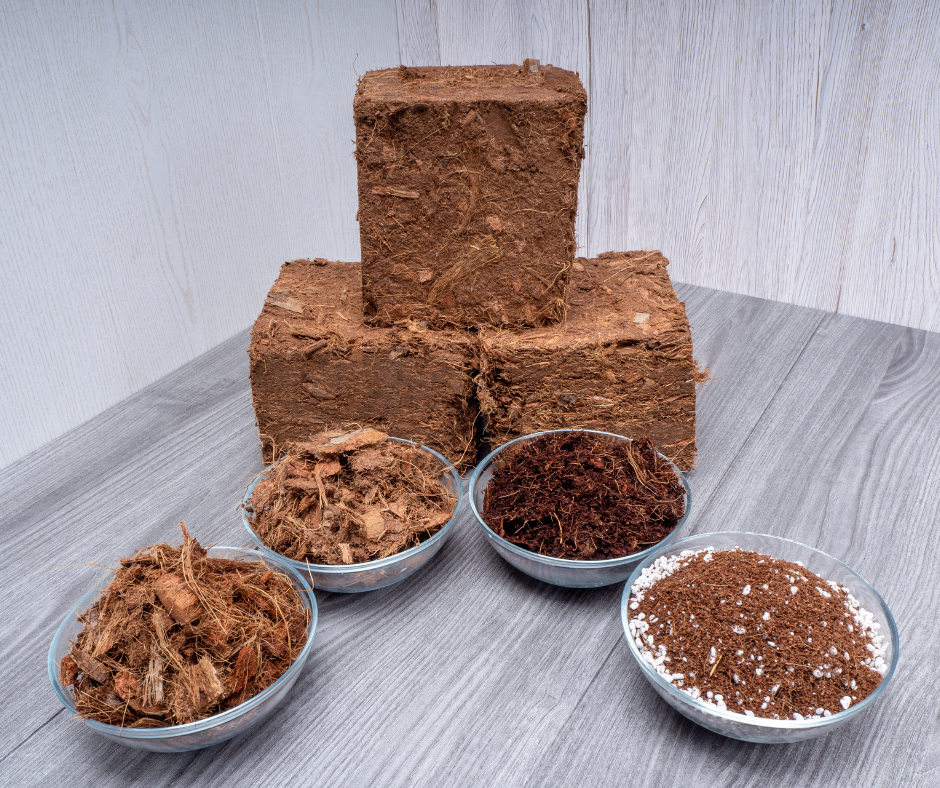
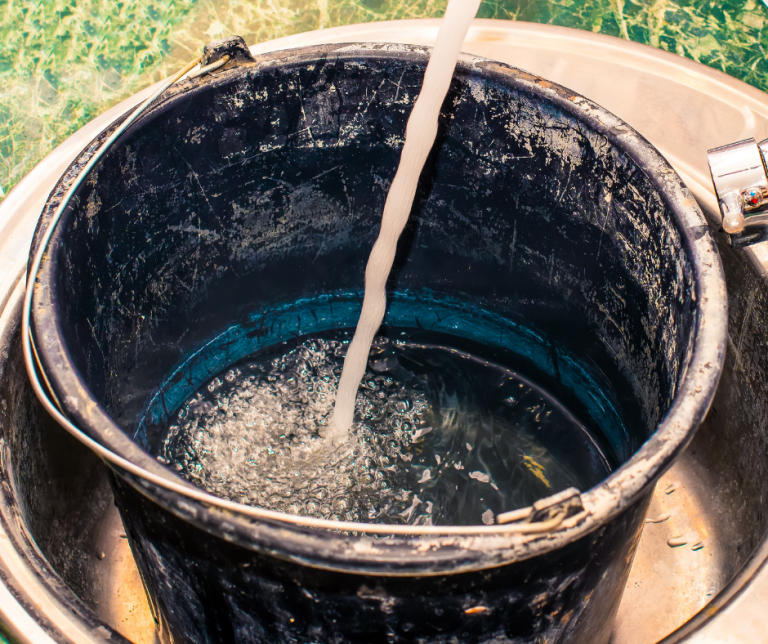
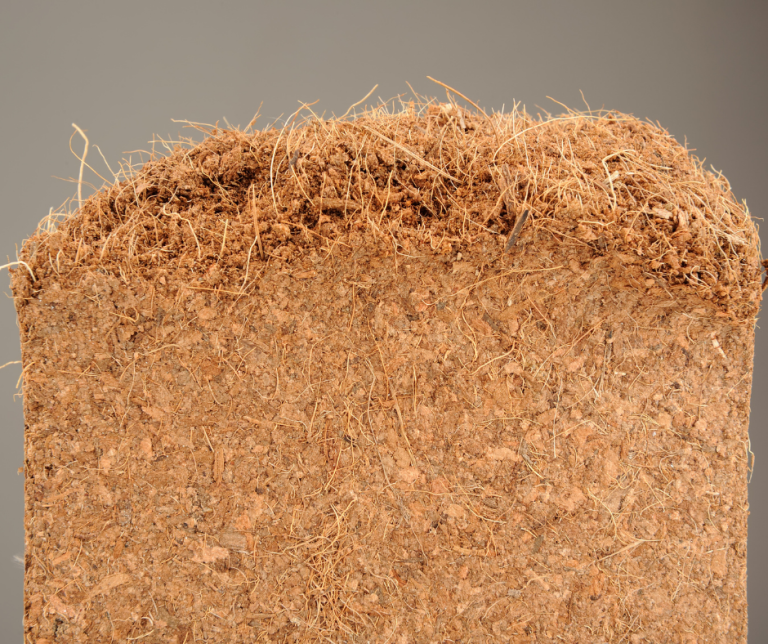
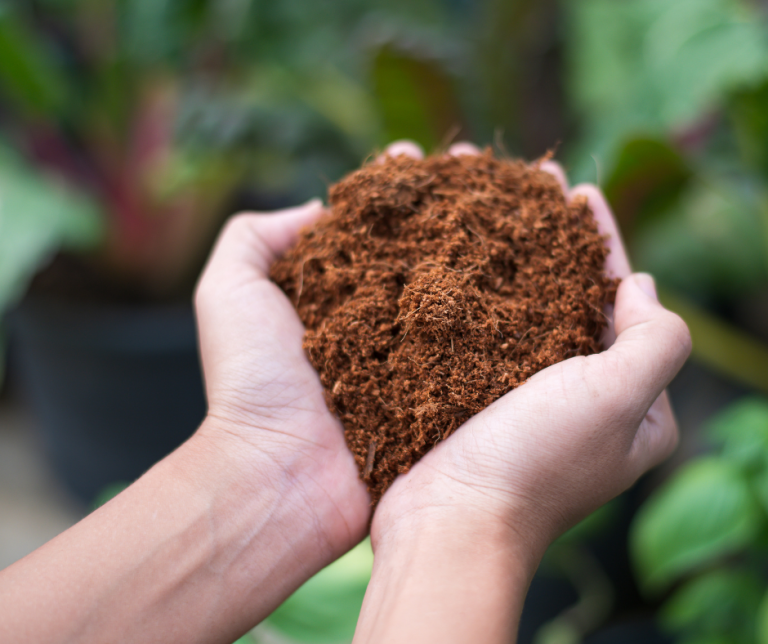
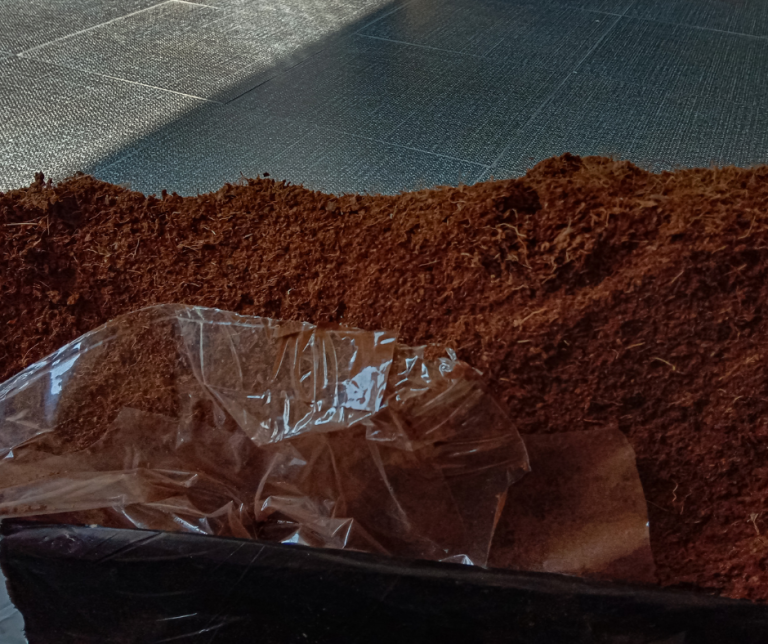
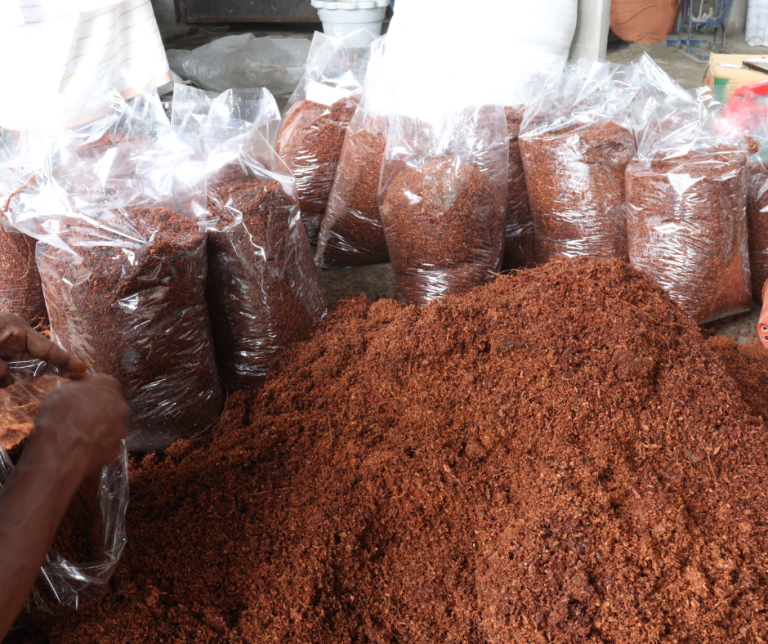
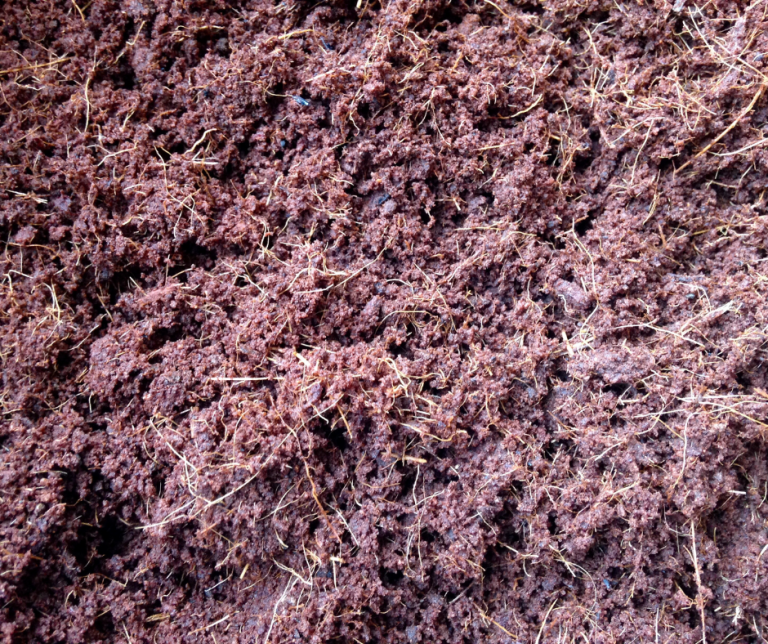
Recommended Supplier:

Supplier: Coco & Coir
Sizes Available: Coco Coir 9 L, Coco Coir 54 L and Coco Coir 75 L blocks.
Price Range: ~£6-£12

Supplier: Yorkshire Worms
Sizes Available: Coir Chip Husk blocks, single and multi-packs.
Price Range:~£10 per pack
Preparing Coco Coir
🥥 Preparing Coco Coir for Worm Bedding
1. 🧱 Start with a Compressed Brick or Block
- Most coco coir comes dehydrated and compacted.
- One standard brick expands to 6–8 litres of bedding when hydrated.
2.💧 Hydrate the Coir
- Place the brick in a large container or bucket.
- Add warm water gradually—usually 2–3 litres per brick.
- Let it soak for 15–30 minutes until fully expanded and fluffy.
3. ✋ Squeeze Out Excess Moisture
- The coir should feel like a wrung-out sponge—moist but not dripping.
- If it clumps or feels soggy, add dry shredded paper or cardboard to balance.
4. 🌬️ Fluff and Aerate
- Break apart any dense chunks to create air pockets.
- This prevents compaction and helps worms move freely.
Preparing Coir Husk Chips
🥥 Preparing Coir Husk Chips for Worm Bedding
Unlike fine coco coir, coir husk chips are chunkier and more fibrous, so they require a bit more attention to ensure worm comfort and proper aeration.
1. 💧 Soak Thoroughly
- Place the husk chips in a large container and soak in warm water for at least 30–60 minutes.
- They take longer to absorb moisture than coir pith.
2. 🚿 Drain and Rinse (if needed)
- Some husk products may contain residual salts—especially if not triple-washed.
- If unsure, rinse thoroughly and drain before use.
3. 🪵 Check Texture
- Chips should be moist but not soggy.
- They won’t feel like a sponge, but they should be soft enough to break apart slightly when squeezed.
4. 🥣 Mix with Softer Bedding
- For best results, blend husk chips with shredded paper, cardboard, or coco coir pith.
- This improves worm mobility and balances moisture retention.
Preparing Bedding: Upcycled Alternatives
Alternative Materials
- Shredded newspaper (black-and-white only, avoid glossy inks)
- Brown cardboard (egg boxes, cereal boxes, toilet roll tubes)
- Dry leaves (crumbled and mildew-free)
- Paper egg cartons (torn into small pieces)
- Straw or hay (chopped and softened)
Preparing Upcycled Alternatives
1. ✂️ Shred or Tear Materials
- Aim for small, uniform pieces to increase surface area and airflow.
- Avoid compacted chunks—worms need space to burrow.
2. 💧Moisten Thoroughly
- Add water gradually until the bedding feels like a wrung-out sponge.
- Too dry = worms dehydrate
- Too wet = risk of anaerobic conditions
3. 🌬️ Fluff for Aeration
- Mix and fluff the bedding to create air pockets.
- This prevents compaction and supports oxygen flow/
- Mix and fluff the bedding to create air pockets.
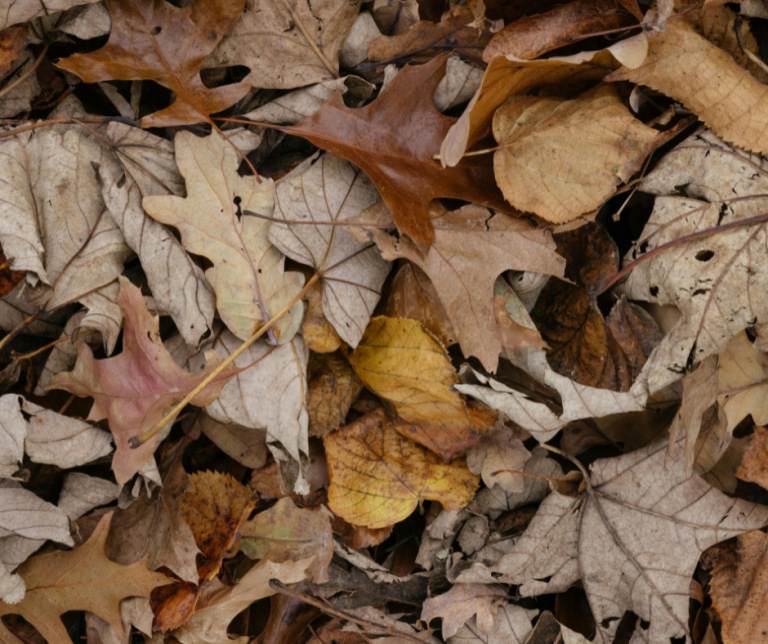

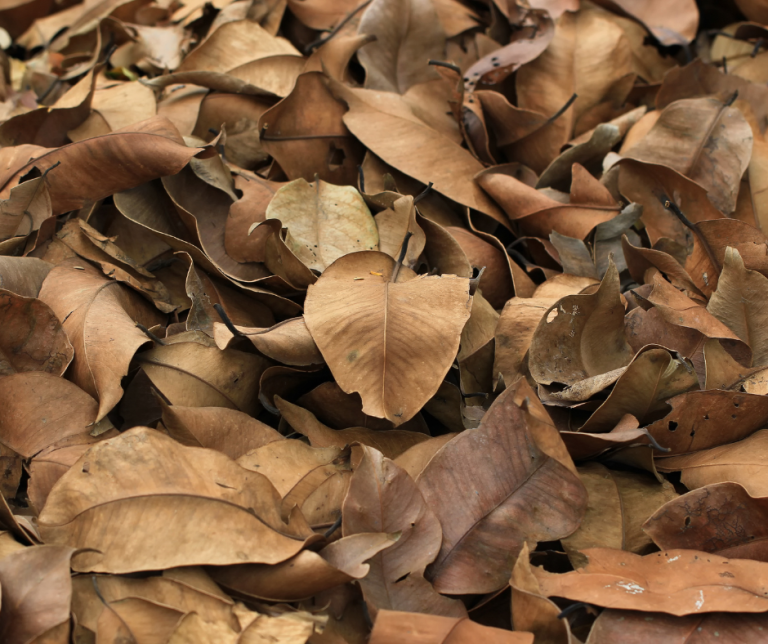

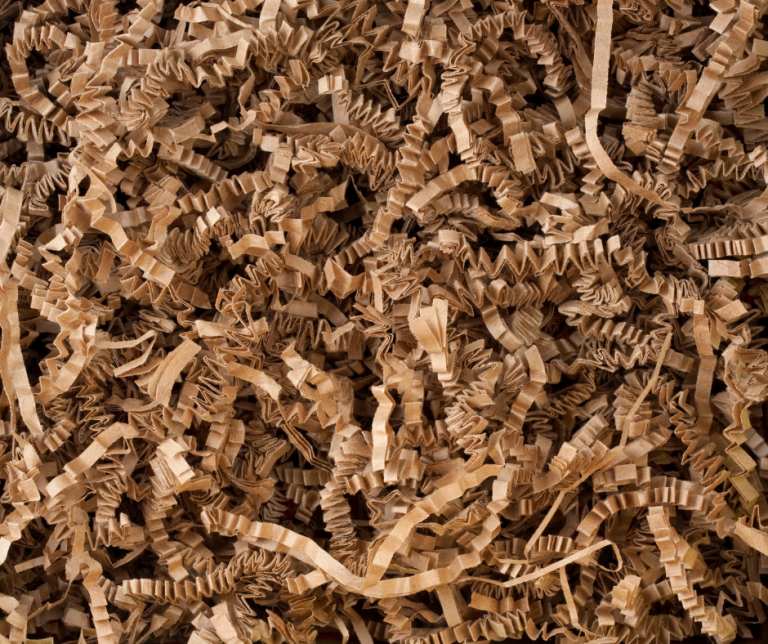
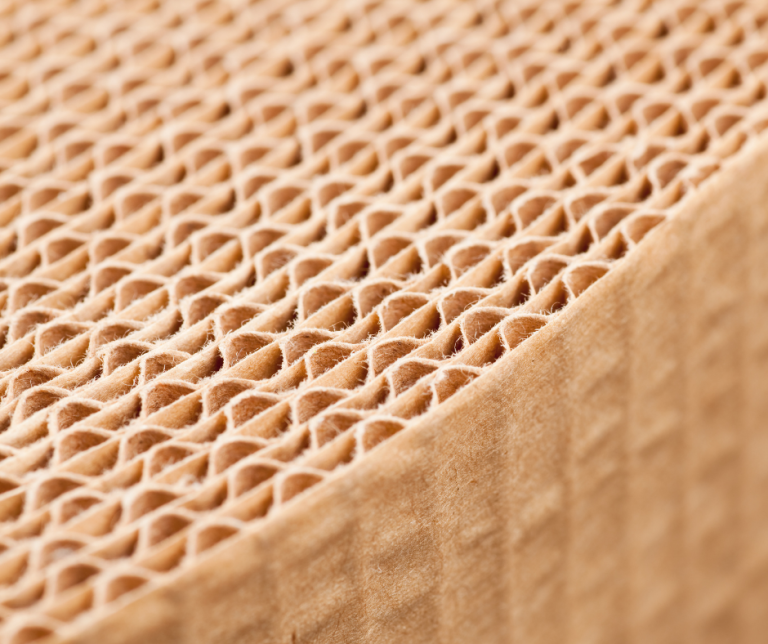

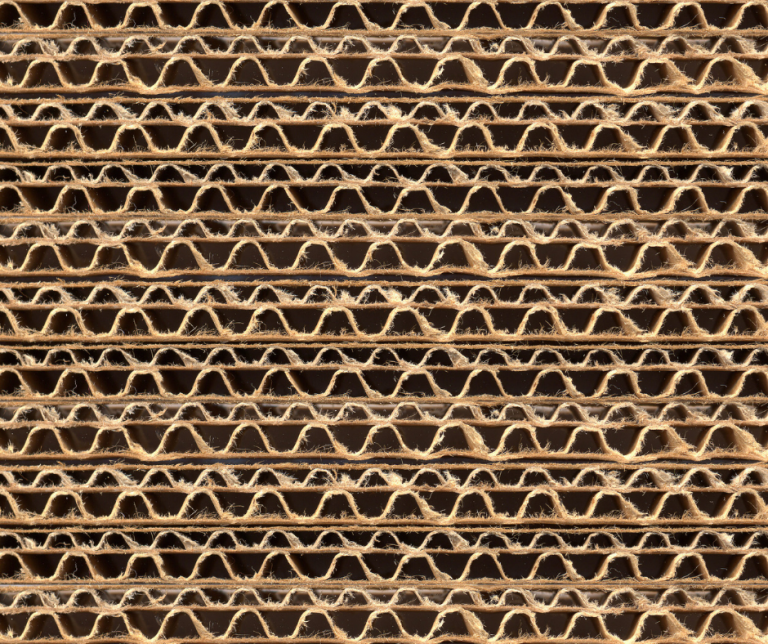


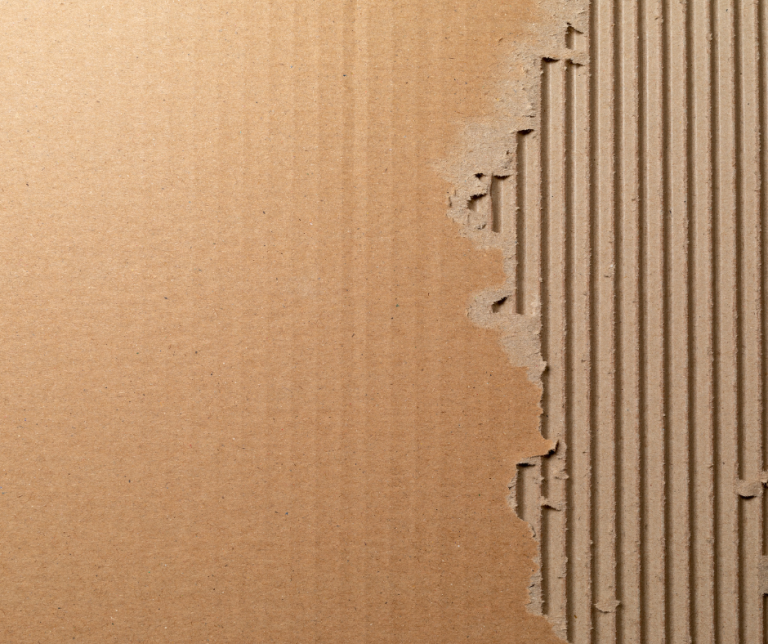

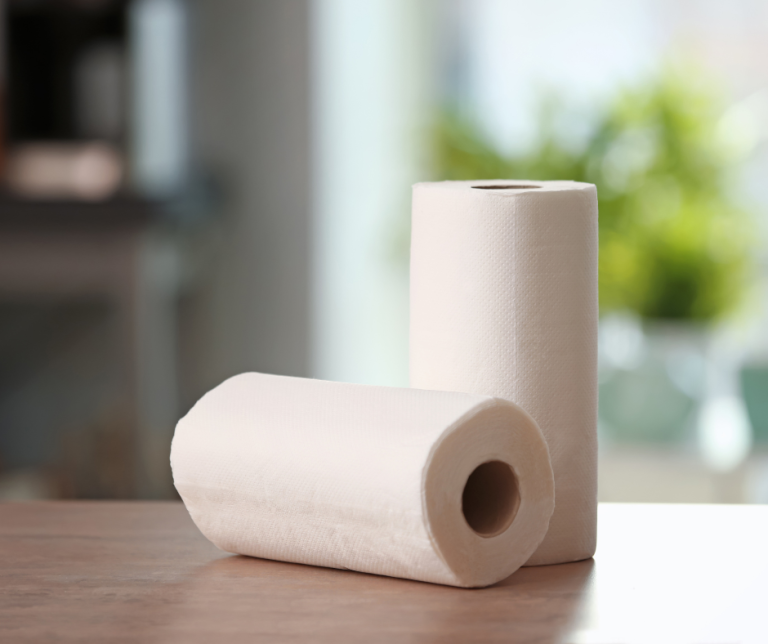
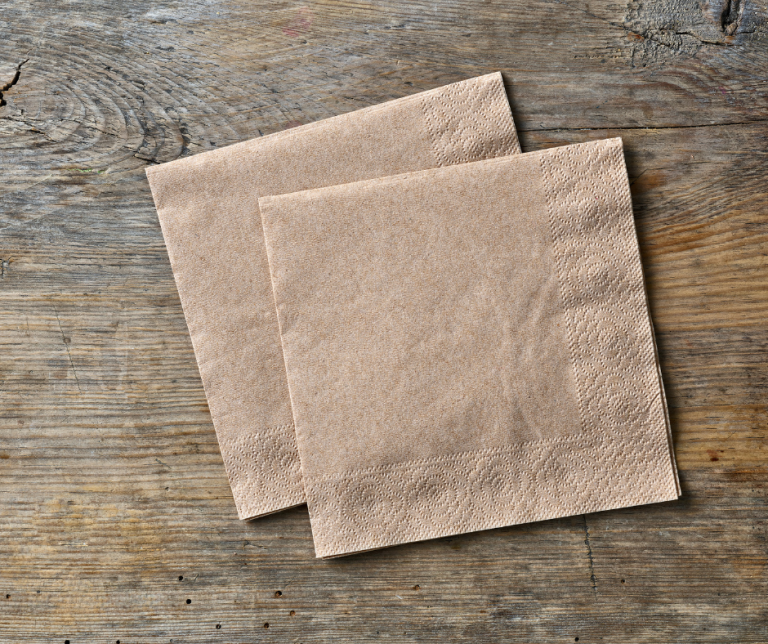
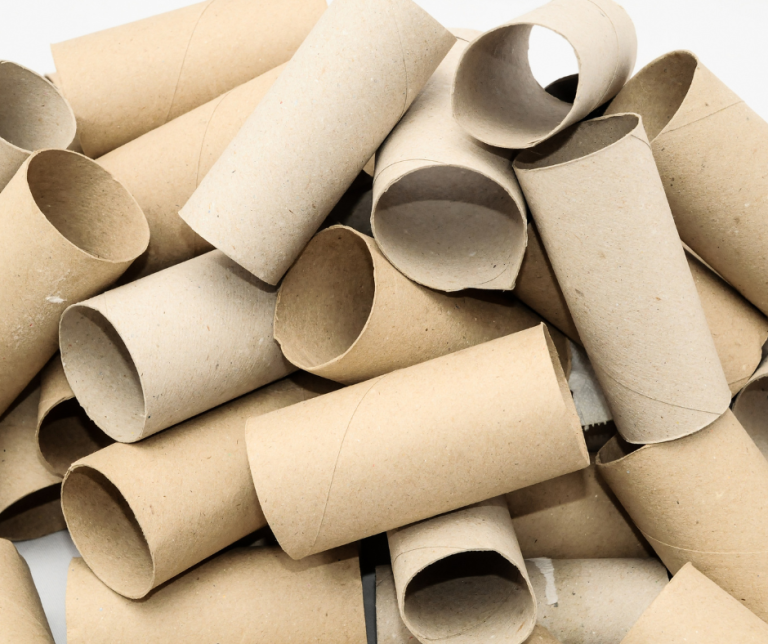
🦠 Microbial Boost: Why It Matters
Unless you’re using a specialist bedding that specifically states it includes beneficial microbes—such as Worms Direct’s bedding buckets—you’ll need to introduce microbial life to your bedding mix manually. This helps kickstart the composting process and encourages worms to settle in.
🦠 Why Add Microbes?
- Worms rely on microbial activity to break down food scraps
- A microbe-rich environment helps worms settle faster and stay active.
- Lack of microbes can lead to escapes, slow composting, and bin imbalance.
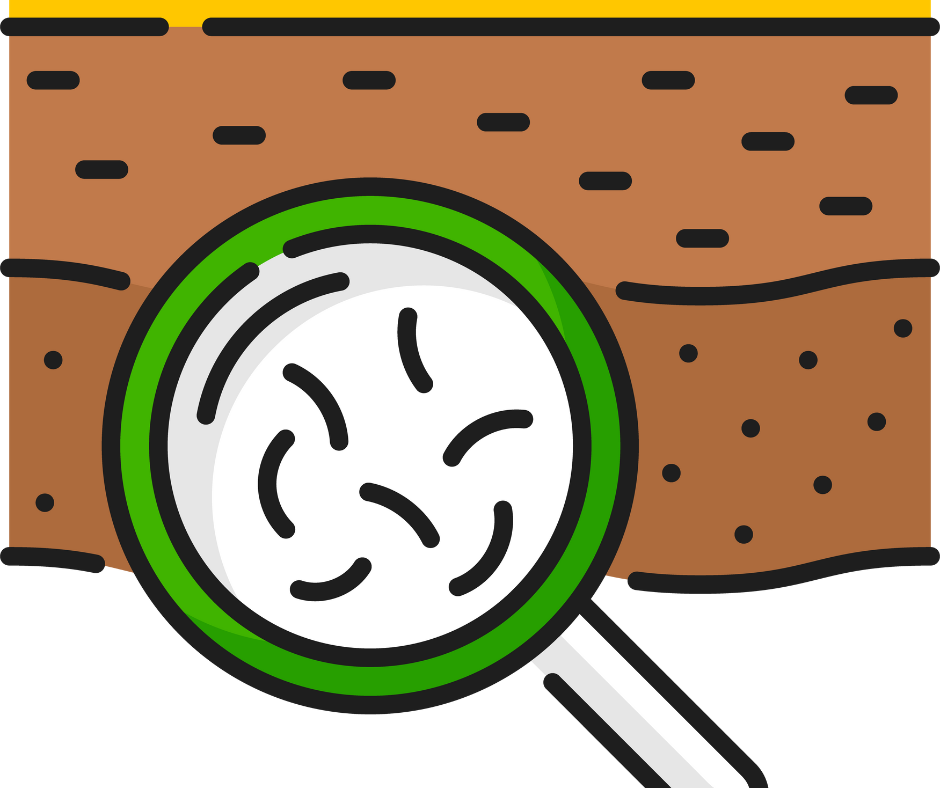
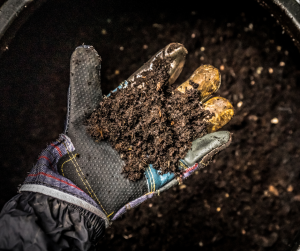
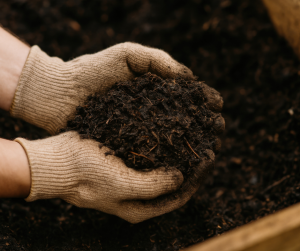
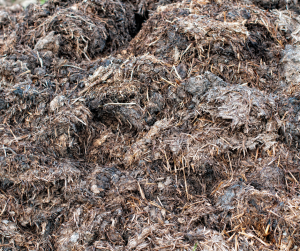
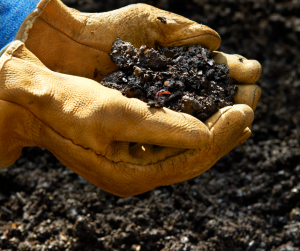
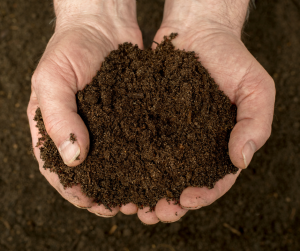
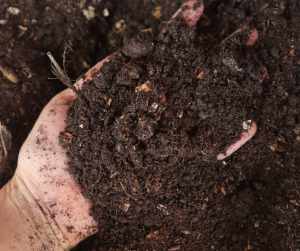
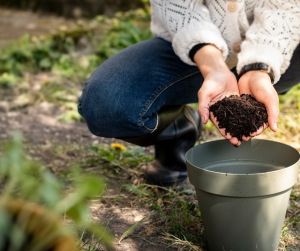
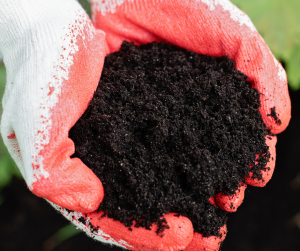
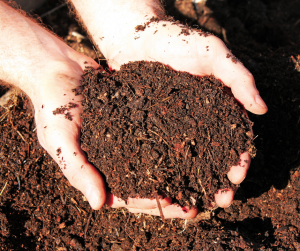
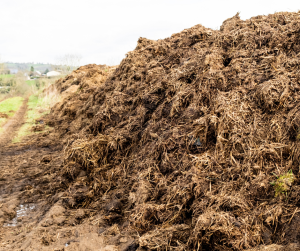
🧫 How to Boost Microbial Activity
- Mix in a handful of well-rotted manure or compost
- Add a handful of worm castings
- Add a scoop of soil from an active compost bin or garden bed
⚠️ Avoid sterile potting mixes or fresh manure
Why not use fresh manure, fresh compost, or sterile potting mix?
Fresh Manure
❌ Fresh Manure
- 🔥 Too hot: Fresh manure can generate heat as it decomposes, which may overheat or kill worms.
- 🦠 Imbalanced microbes: It often contains pathogens or aggressive microbes that disrupt the bin’s microbial balance.
- 💨 Strong odours: Can cause unpleasant smells and attract pests.
- ✅ Use only well-rotted manure that’s fully aged and cooled—ideally 6+ months old.
Fresh Compost
❌ Why Fresh Compost Can Be Problematic
- 🔥 Heat Risk: If the compost is still in its active heating phase, it can raise temperatures in the bin and harm or kill worms.
- 🦠 Microbial Imbalance: Compost that hasn’t fully matured may contain aggressive microbes or pathogens that disrupt worm health.
- 💨 Odour & Pest Issues: Unfinished compost can release strong smells and attract flies or other pests.
✅ When It’s Safe to Use
- Compost should be fully aged and cooled—no longer generating heat.
- It should smell earthy, not sour or ammonia-like.
- Texture should be crumbly and dark, not slimy or clumpy.
- Ideally, it’s been rested for several weeks after the active phase.
🛏️ Best Practice for Bedding
- Use well-rotted compost as a microbial booster, not the sole bedding.
- Mix with carbon-rich materials like shredded paper, cardboard, or coir.
- Add in small amounts—just a handful per bin layer—to avoid overheating.
Sterile Potting Mix
❌ Sterile Potting Mix
- 🧫 Lacks microbial life: Sterile mixes are designed to prevent fungal growth—not ideal for composting worms who rely on microbes to break down food.
- 🧂 May contain additives: Some mixes include perlite, fertilisers, or wetting agents that can irritate or harm worms.
- 🥤 Poor moisture balance: Without organic matter, sterile mixes may dry out or compact easily.
♻️ Recommended Upcycled Bedding Mix: Crafting a Healthy Habitat
A thriving worm bin starts with the right bedding—and upcycled materials offer a budget-friendly, eco-conscious way to build it. This table outlines an ideal DIY blend using accessible, UK-friendly components like shredded cardboard, paper, dry leaves, and coco coir. By combining carbon-rich, absorbent, and microbe-boosting elements, you’ll create a habitat that supports worm health, efficient composting, and long-term bin stability
Why Mix Bedding Materials?
No single DIY material does it all. Mixing ensures:
- ✅ Proper moisture retention
- ✅ Good airflow and structure
- ✅ Balanced microbial activity
- ✅ Reduced risk of compaction or worm escapes

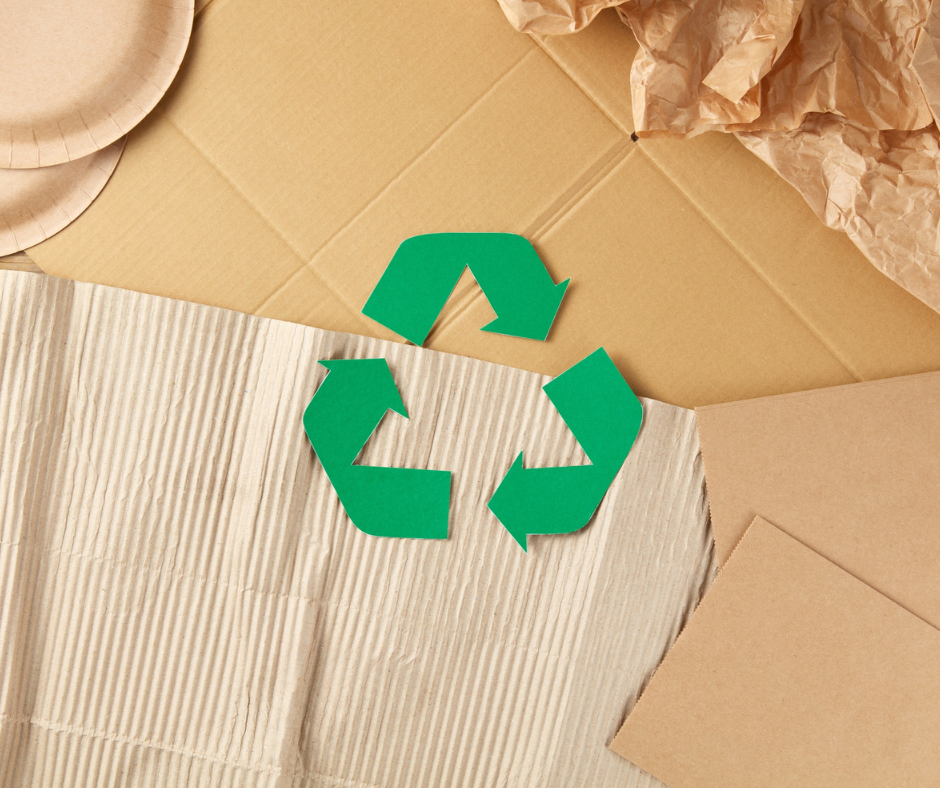
♻️ Why Upcycled Bedding Works
Upcycled bedding materials—like shredded cardboard, paper, and dry leaves—offer a sustainable, low-cost way to build a thriving worm habitat. They’re easy to source, beginner-friendly, and naturally suited to the needs of composting worms.
Benefits of Upcycled Bedding:
- 🌍 Eco-conscious: Diverts waste from landfill and reduces reliance on commercial inputs
- 💷 Budget-friendly: Uses materials already found at home or in schools
- 🧺 Customisable: Easily tailored to bin type, climate, and worm species
- 🔄 Compostable: Breaks down naturally and contributes to finished vermicompost
Upcycled Bedding - Recommended Mix
If you’d rather avoid specialist bedding products, a well-balanced mix of upcycled materials can be just as effective. By combining the right ratios of shredded cardboard, paper, dry leaves, and aged compost, you’ll create a worm-friendly habitat that rivals commercial blends—without the additional costs.
Comfort by Component
Each component of the upcycled bedding mix contributes a unique property—like moisture control, airflow, or microbial support—to keep worms comfortable and thriving.
Shredded Paper/Cardboard
- Absorbent and carbon-rich
- Helps balance wet food scraps and odours
- Easy to source and beginner-friendly
Corrugated Cardboard
- Provides air pockets and structure
- Improves oxygen flow throughout the bin
- Breaks down slowly, offering long-term bedding
Dry Leaves/Straw
- Adds natural texture and variety
- Mimics outdoor worm habitats
- Breaks down gradually, supporting airflow
Well-rotted Compost / Aged Manure
- Introduces beneficial microbes
- Helps worms digest food efficiently
- Balances moisture and supports bin stability
The table below outlines the ideal proportions to help you build a bedding mix that supports worm health, moisture balance, and long-term composting success.
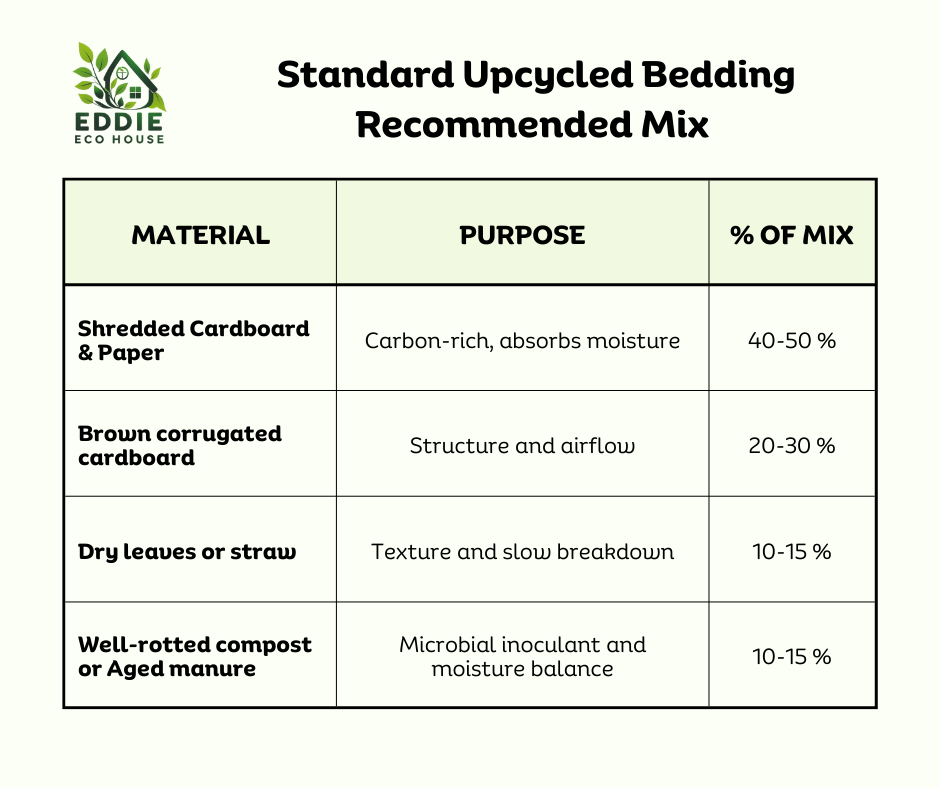
Coir-Enhanced Upcycled Bedding- Recommended Mix
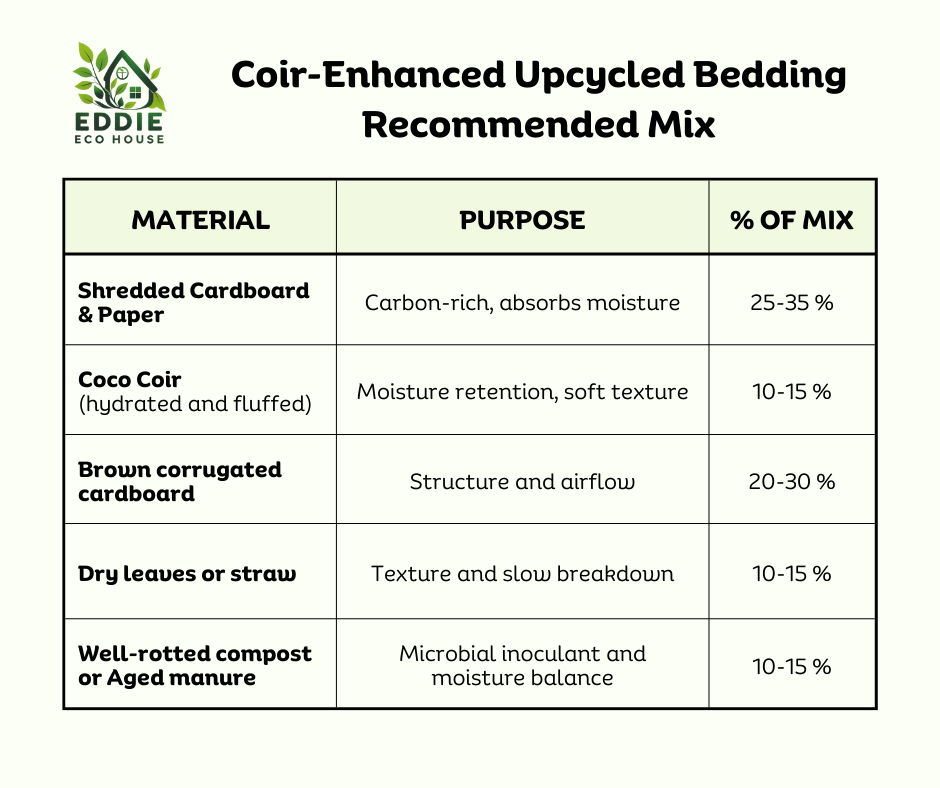
You may choose to purchase coco coir to enhance your upcycled bedding mix with added moisture stability and softness. If you do, simply reduce the volume of shredded cardboard and paper to maintain balance. The table below shows the ideal ratios for a coir-enhanced blend.
🥥 Benefits of Adding Coco Coir to Upcycled Bedding
- 💧 Moisture stability: Retains water evenly without becoming soggy
- 🐛 Soft texture: Creates a gentle, breathable environment for worms
- 🌬️ Improves airflow: Prevents compaction, especially in plastic bins
- 🧺 Balances bedding: Helps offset wetter food scraps and paper-heavy mixes
- 🧠 Beginner-friendly: Easy to prepare and forgiving in small-scale setups
- 🧫 Neutral pH: Won’t irritate worms or disrupt microbial balance
- 🧷 Modular use: Can be added in small amounts or used as a base layer
- 🧪 Enhances upcycled mixes: Boosts structure and moisture control when paired with cardboard and compost
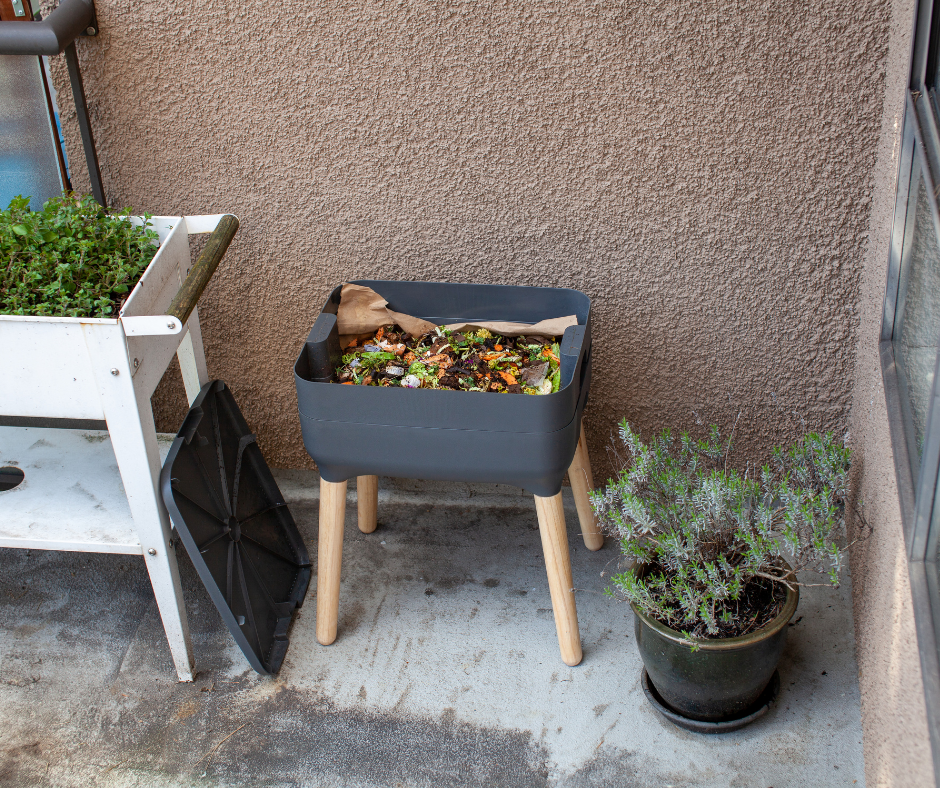
Initial Setup
Start with a breathable base layer
Soak bedding materials
Mix bedding materials
Add bedding mix
🌬️ Breathable Base Layer: What to Use and How
A breathable base layer, such as corrugated cardboard, plays a vital role in worm bin setup. It improves airflow, regulates moisture, and acts as a gentle barrier to help prevent worms from falling into the collector tray below.
Corrugated cardboard sheets are ideal. The ridged structure resists compaction and helps wick excess moisture away from the bedding above.
To use:
Lay one or two flat sheets at the bottom of the bin, covering the base without blocking drainage holes. This creates a stable, breathable foundation for your bedding layer.
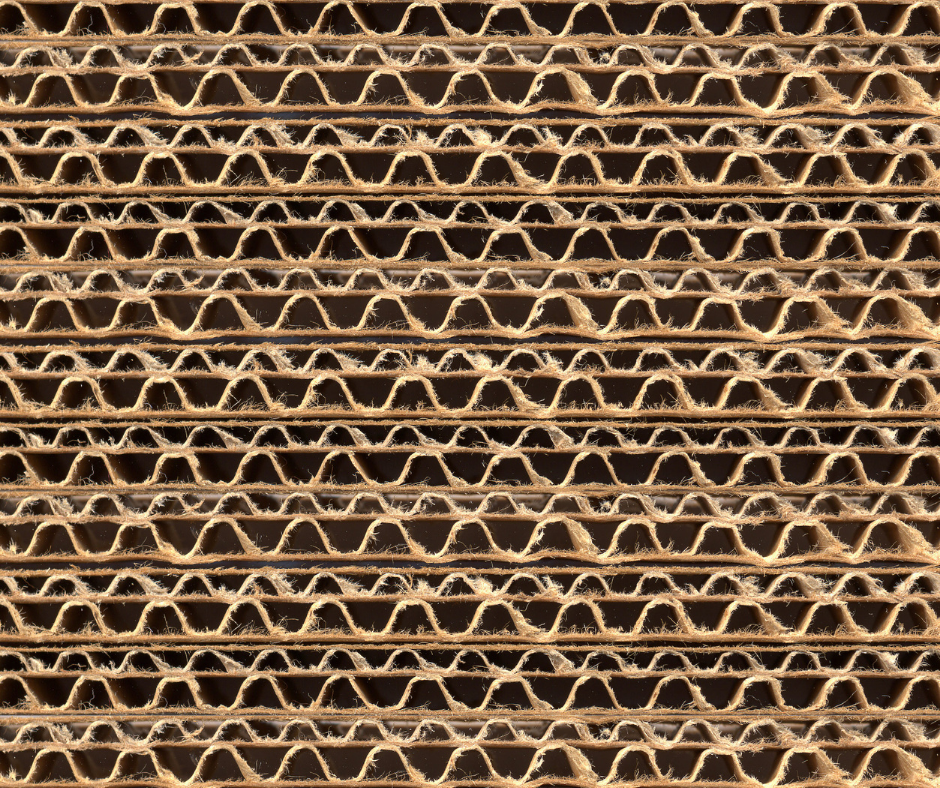
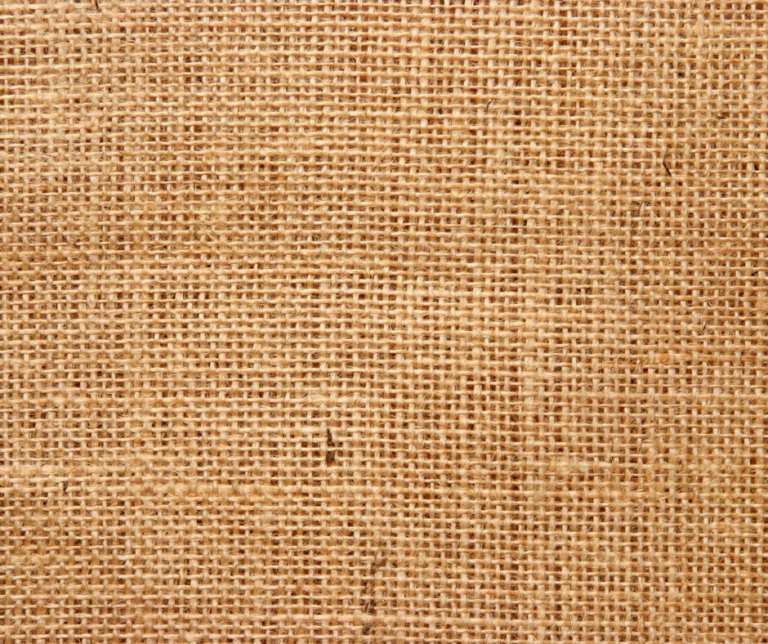
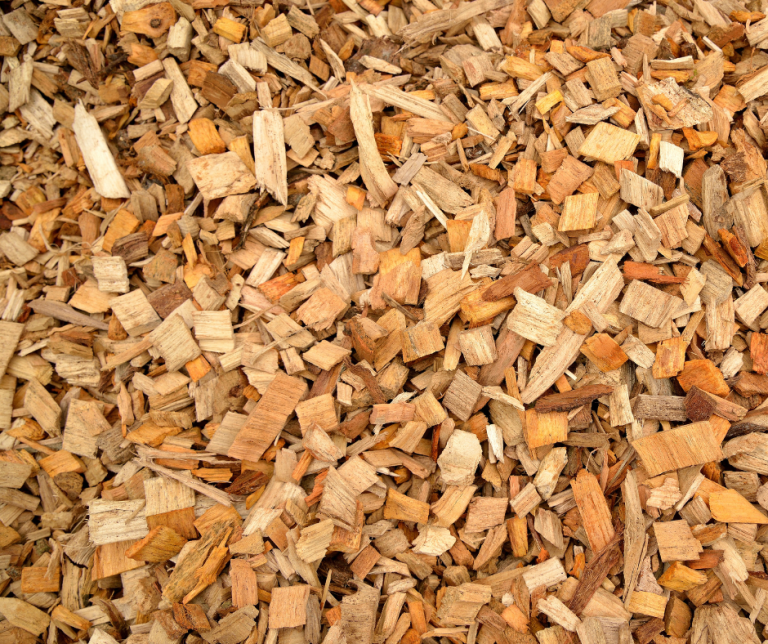
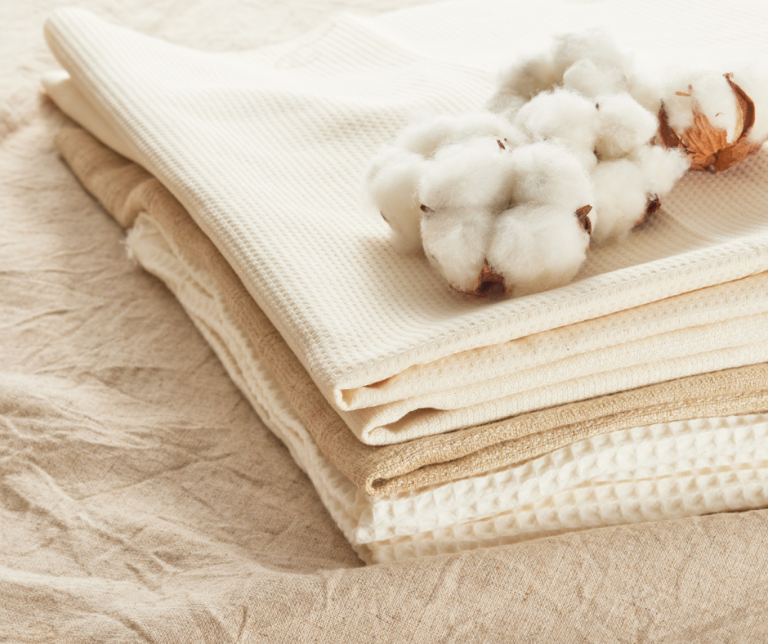
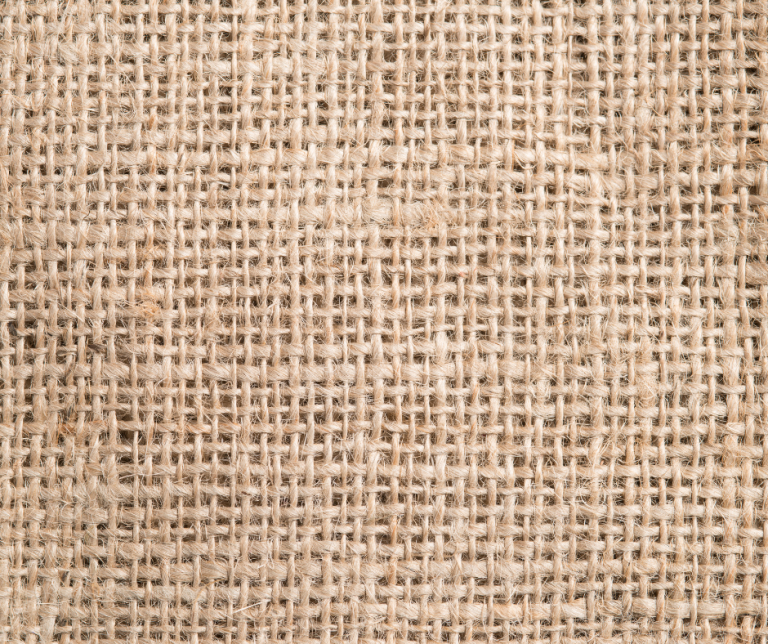
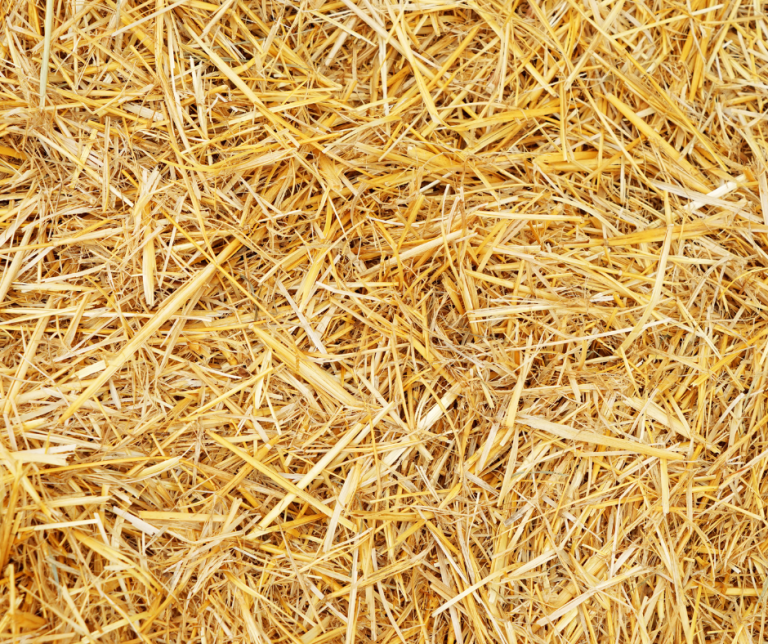
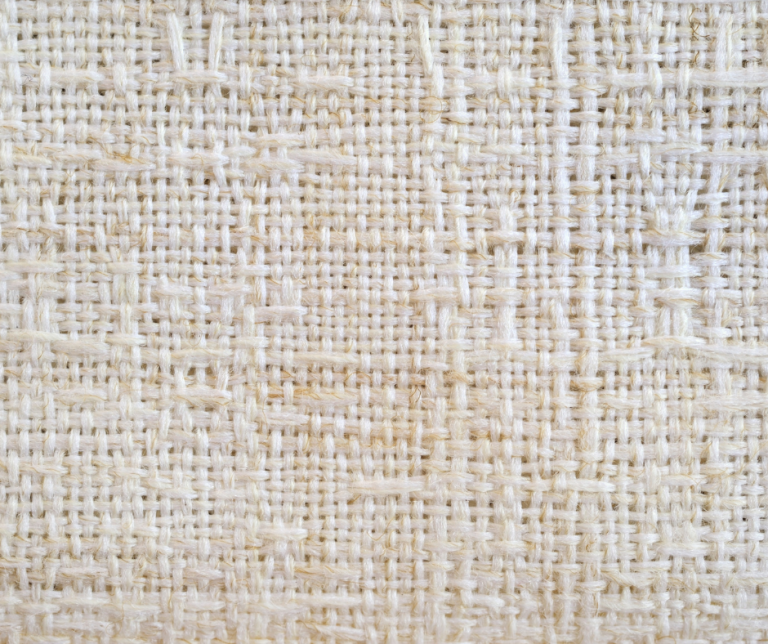

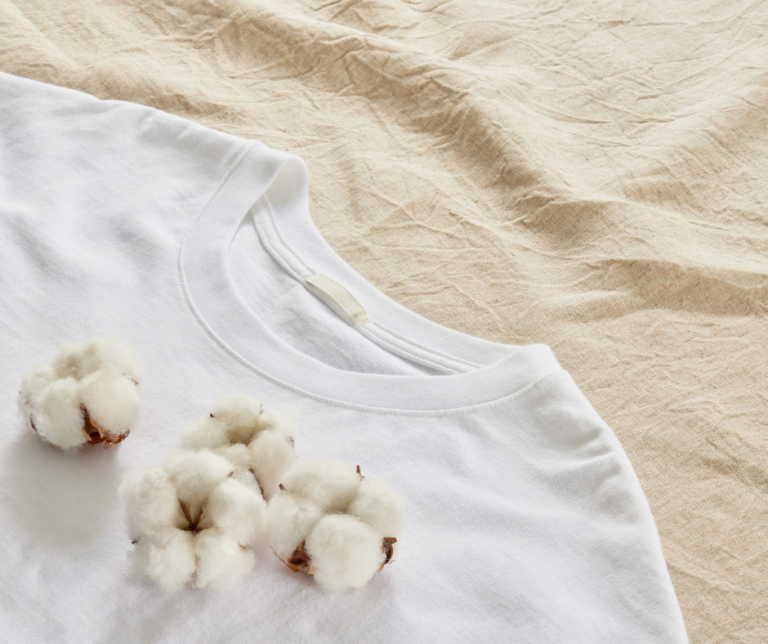
Alternative materials:
Hessian (Burlap)
Hessian (burlap)
- Ensure it’s untreated and 100% natural.
- It’s natural, breathable and moisture-wicking.
- Gradually adds organic matter to the system
- You can use a folded piece as a base layer.
Untreated Wood Shavings
Untreated Course Wood Shavings
- Avoid sawdust
- Sprinkle a thin layer at the bottom.
- Adds texture and airflow.
Dry Straw
Dry Coarse Straw
- Lay loosely at the base.
- Breaks down slowly and adds structure.
Mesh Fabric Scraps
Mesh Fabric Scraps
- Natural fibres only- ensure its compost-safe
- Line the base or use as a divider.
- Allows airflow while blocking scraps.
These materials help create a microclimate that supports worm comfort and reduces the risk of anaerobic pockets—especially in plastic bins.
Step 1: Breathable Base Layer
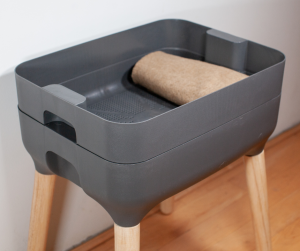
Step 1: Add a breathable base
Begin by lining the bottom of your worm bin with a breathable base layer.
Lay one or two sheets across the base, ensuring they don’t block drainage holes.
Using corrugated cardboard or natural fabric like hessian or jute. This improves airflow, absorbs excess moisture, and helps prevent worms from falling into the collector tray.
Step 2: Prepare Bedding Materials
Step 2: Prepare your bedding materials
Once your base layer is in place, it’s time to build the bedding—the soft, moist layer where your worms will live and work. This bedding should mimic the texture of damp forest soil: breathable, absorbent, and rich in organic matter.
Start by gathering your dry materials. Common options include:
- Shredded cardboard (non-glossy)
- Shredded paper (plain or newspaper)
- Dry leaves or straw
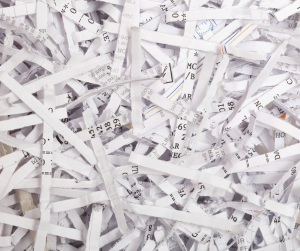
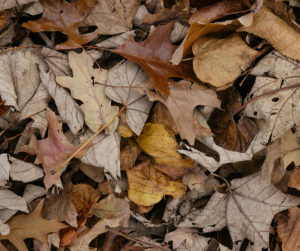
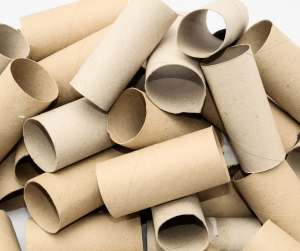
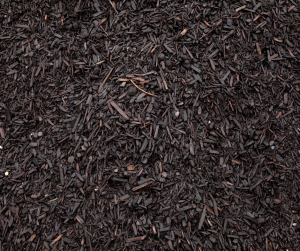


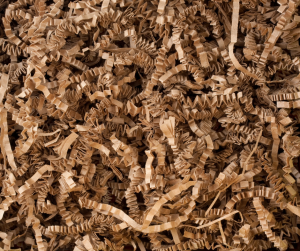

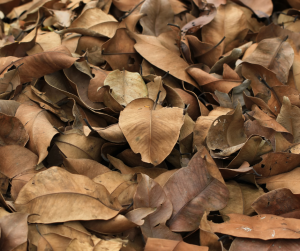
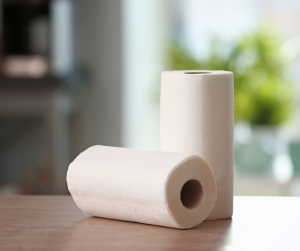

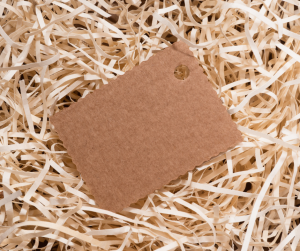
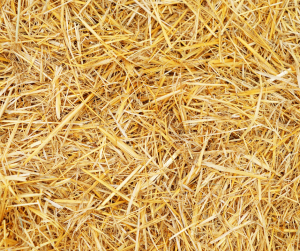
💧Soak & Squeeze
Soak your dry materials in water, then squeeze out excess liquid. The bedding should feel like a wrung-out sponge—moist but not dripping. This moisture level helps worms breathe and supports microbial activity without creating soggy conditions.
If using coco coir, hydrate it separately according to the package instructions.
Step 3: Mix & Layer Bedding
Step 3: Mix and Layer the Bedding
With your materials prepped and moistened, it’s time to build the bedding layer—the heart of your worm bin. This layer provides the living space where worms burrow, digest, and thrive.
🪣 Mixing options:
You can mix your bedding in a separate container or directly inside the bin.
- In-bin mixing is ideal for beginners or classroom setups—just fluff and layer as you go.
- Pre-mixing in a bucket or tray gives more control over moisture and texture, especially if combining coco coir with compost.
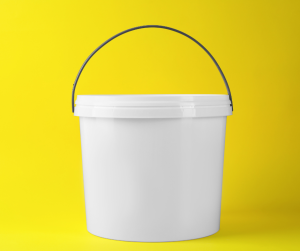
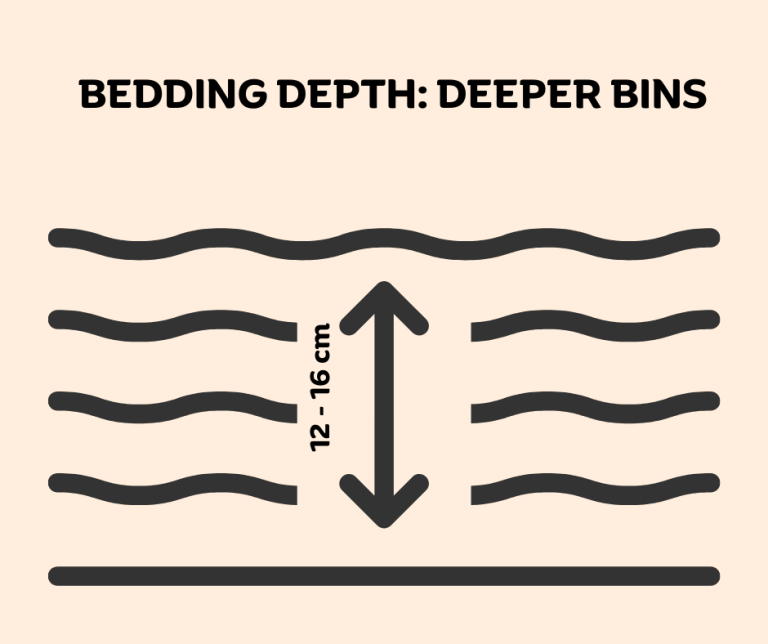
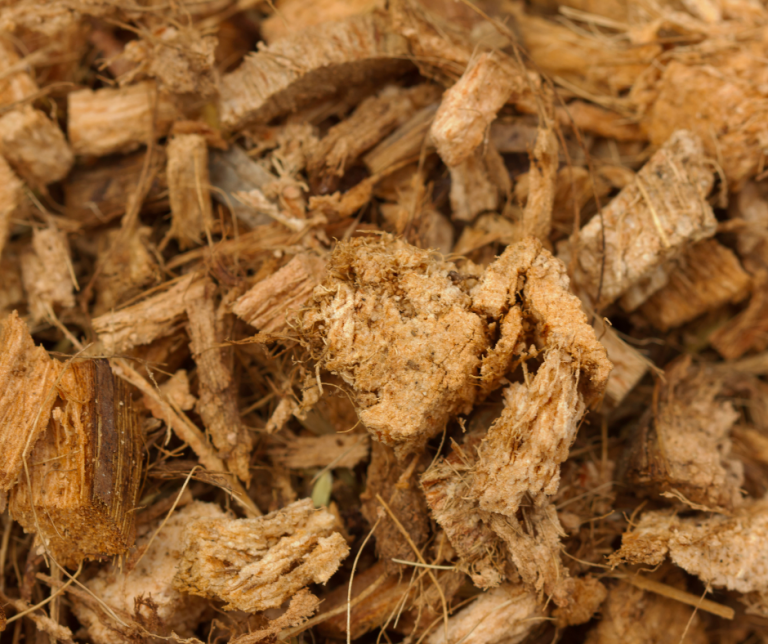
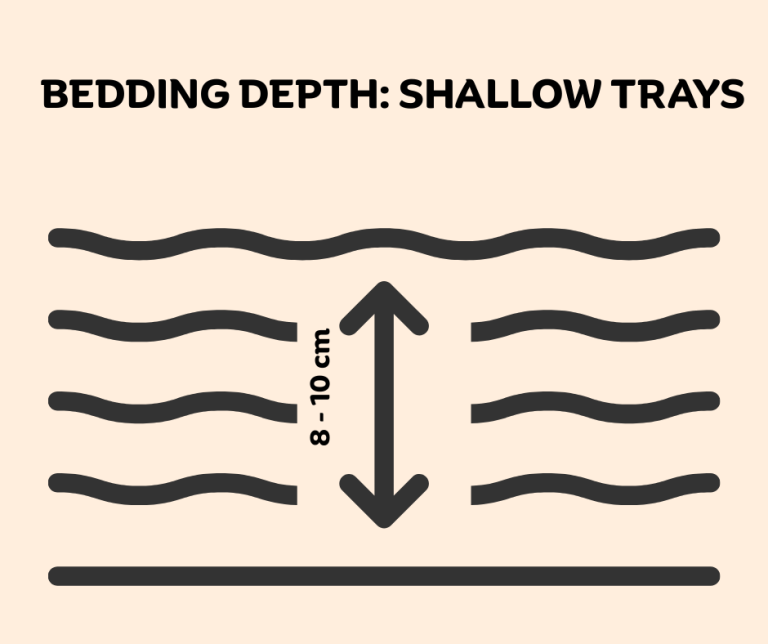
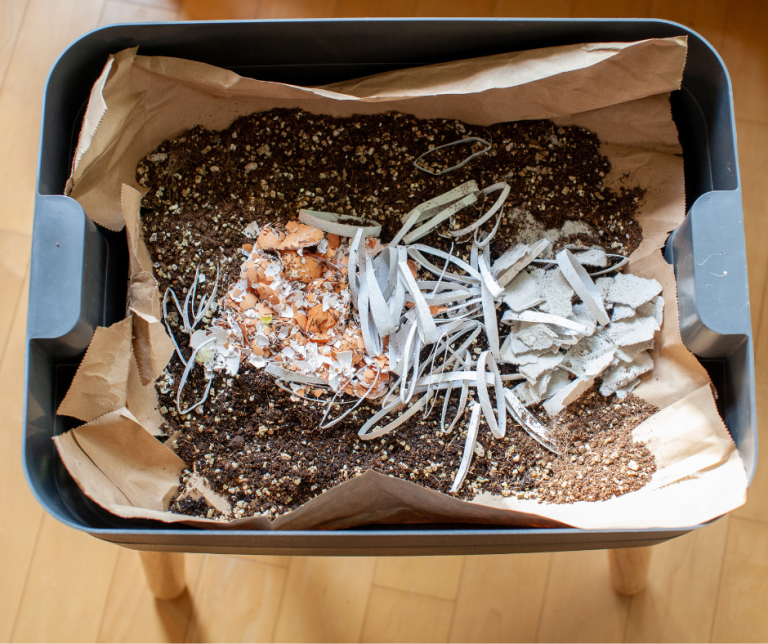
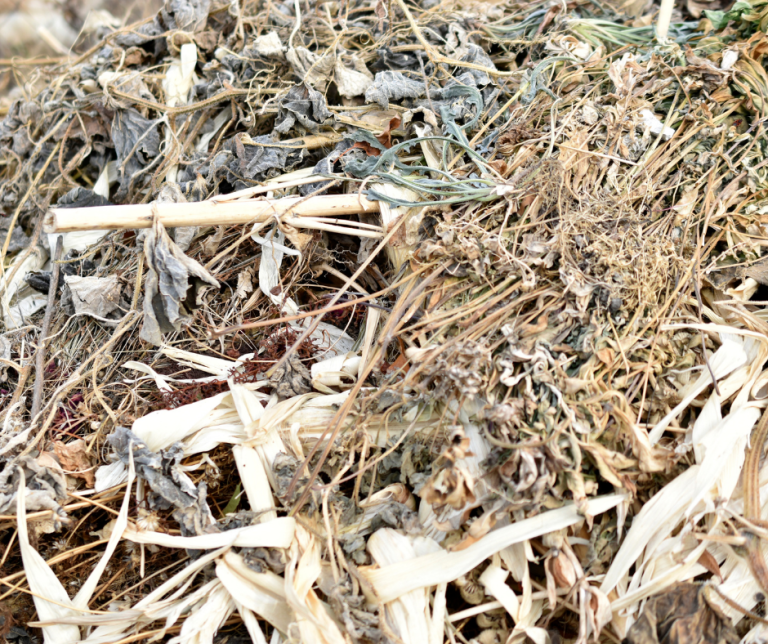
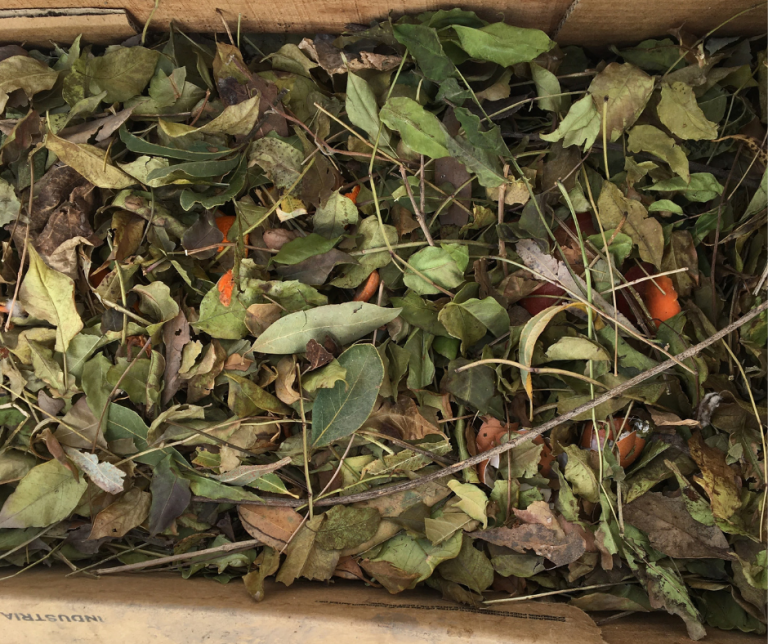

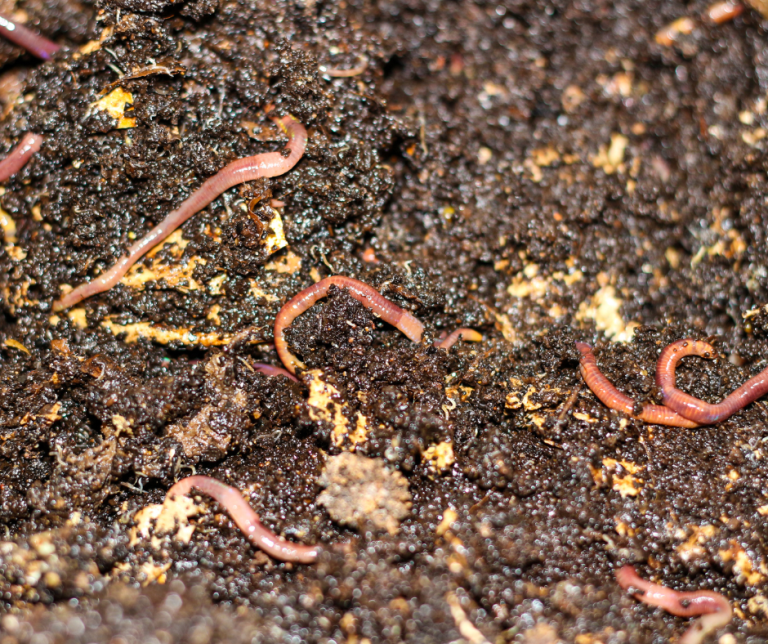
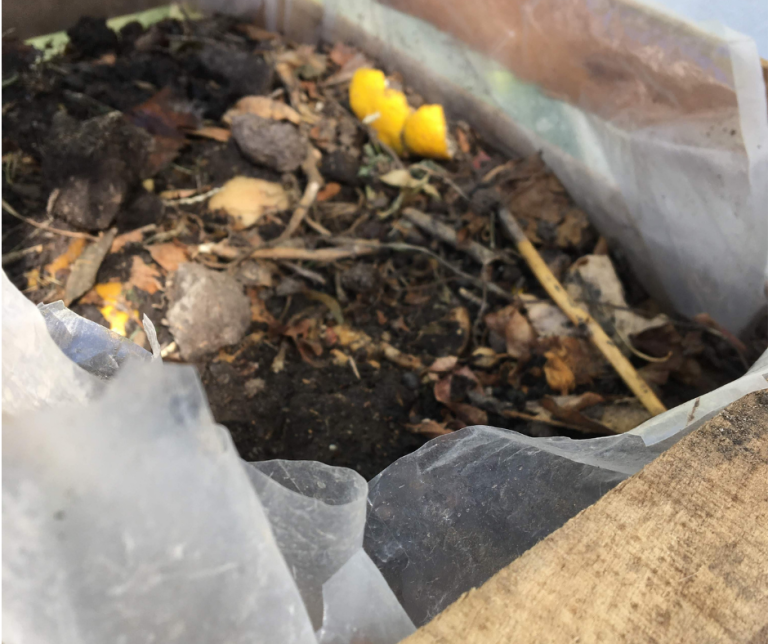
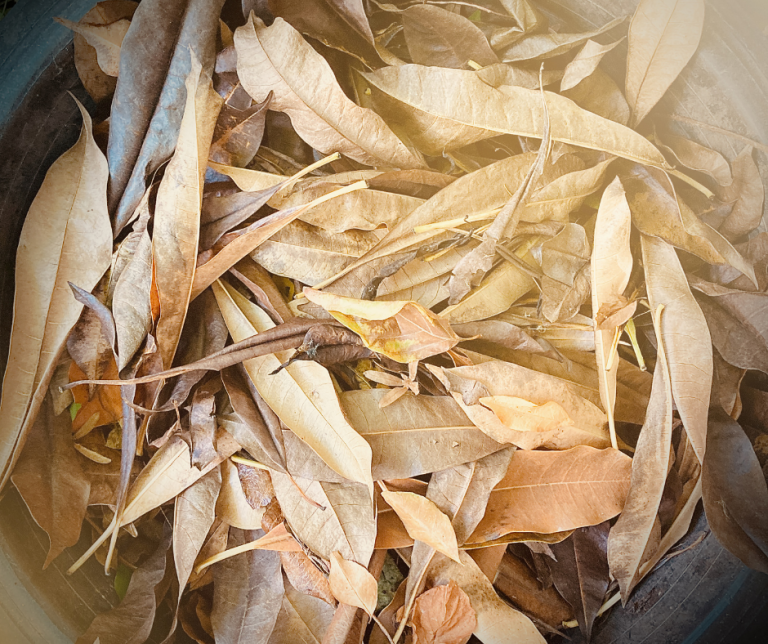
📏 Layering depth:
Fill the bin one-third to halfway full, depending on its size and type. This usually means a bedding depth of 8–16 cm.
- Shallow bins (e.g. wooden crates) may only need 8–10 cm
- Deeper or flow-through bins benefit from 12–16 cm
🧵 Texture tips:
Keep the bedding loose and airy. Avoid compacting it—worms need oxygen to breathe and space to move.
If the mix feels heavy or soggy, add more dry shredded cardboard or paper and fluff gently.
Once the bedding is in place, you’re ready to introduce microbes and worms in Step 4.
Step 4: Add Microbial Boost
Step 4: 🦠 Add a Microbial Boost
With your bedding layered and fluffed, it’s time to introduce the microbial life that kickstarts decomposition and supports worm health. Worms don’t just digest food—they rely on microbes to break it down first. Adding a microbial boost helps create a biologically active environment from day one.
🧑🔬 What to add:
Sprinkle in a handful of aged manure or compost, worm castings, or soil from an established worm bin. These materials are rich in beneficial bacteria and fungi that help break down bedding and food scraps into worm-accessible nutrients.

💡 Why it matters:
- Speeds up decomposition
- Reduces risk of anaerobic (smelly) conditions
- Supports worm digestion and overall bin health
🪱 How to apply:
Mix the microbial material gently into the top few centimetres of the bedding. You don’t need much—just enough to seed the system. Avoid compacting the bedding as you mix.
Once your bin is biologically active, you’re ready to introduce your worms and let them settle in—covered in Step 5.
Step 5: Add Worms & Settle
Step 5: Cover and Settle the Worms
With your bedding layered and microbially active, it’s time to introduce your worms and give them space to settle in. This step is all about creating a calm, dark, and moist environment where they can burrow, breathe, and acclimate before food scraps are added.
🪱 Adding the worms:
Gently place your worms on top of the bedding. You don’t need to bury them—they’ll instinctively burrow down into the moist layer within a few minutes. Avoid disturbing the bedding too much, as they prefer to settle naturally.
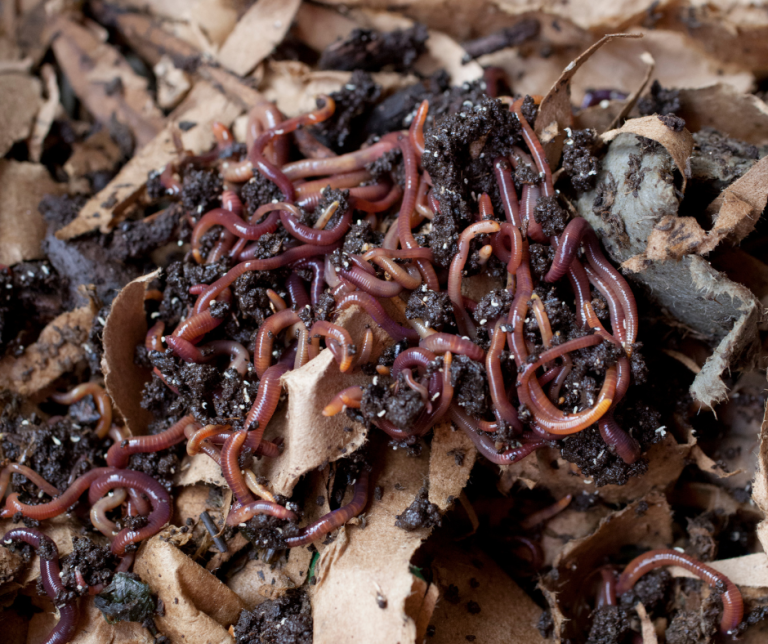






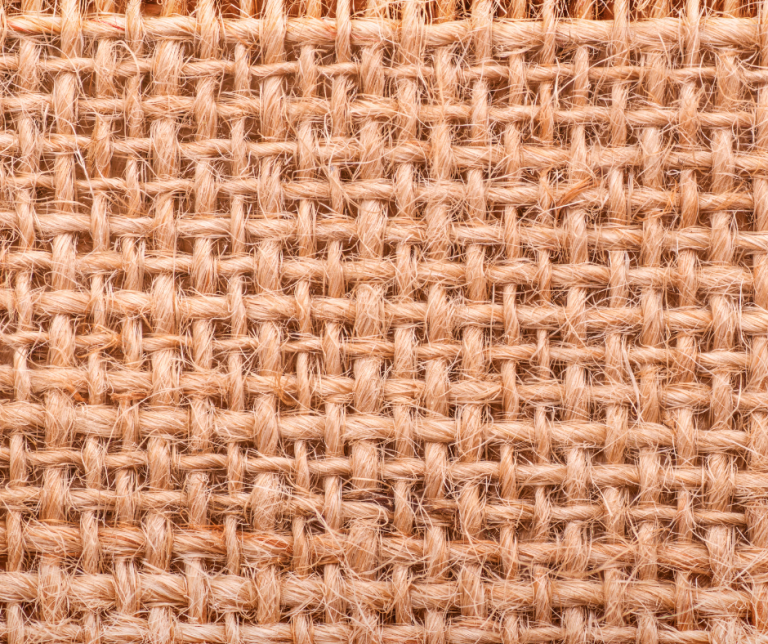
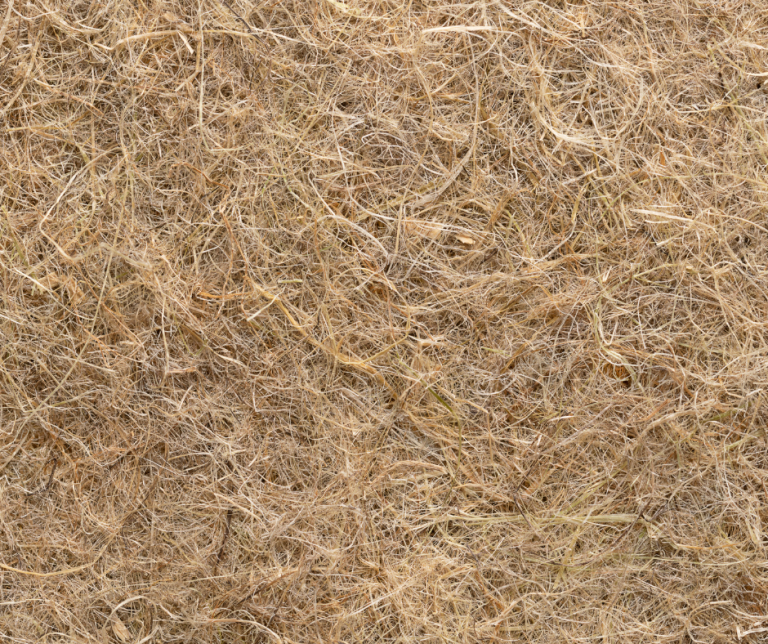
🧣 Covering the surface:
Add a worm blanket, damp newspaper, or a piece of hessian or jute fabric over the bedding. This cover helps retain moisture, block light, and keep the surface environment stable. It also encourages worms to stay near the top, making feeding and observation easier.
⏳ Let them settle:
Give the worms 3 to 7 days to acclimate before adding any food scraps. This settling period allows them to explore their new habitat and reduces stress. During this time, check that the bedding remains moist and breathable, but avoid overwatering.
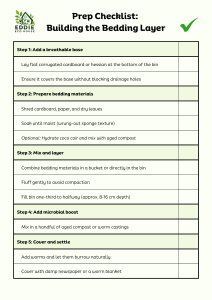
Downloadable Setup Guide
Want to keep this guide handy for offline use?
It includes beginner friendly, step-by-step instructions – ideal for schools, workshops, or your own garden journal.
✅ Easy to print
✅ Great for sharing
✅ Designed for UK worm bin setups
Download the full Vermicomposter Bedding Setup Checklist as a printable PDF
🍌 First Feeding: How to Start
After your worms have settled into their bedding (usually 3-7 days), it’s time to introduce their first meal. The goal is to start small, avoid overwhelm, and let the bin’s microbial ecosystem catch up.
🪱 Start with Soft, Easy-To-Break-Down Scraps
Ideal first foods include:
- Banana peel (chopped)
- Lettuce or spinach leaves
- Cucumber or courgette ends
- Small bits of cooked rice or oats (plain, unsalted)
Avoid citrus, onions at this stage—they’re harder to break down and can disrupt the bin’s balance.
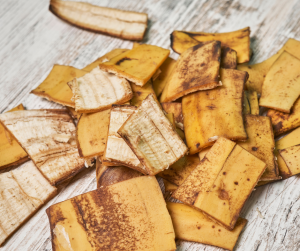
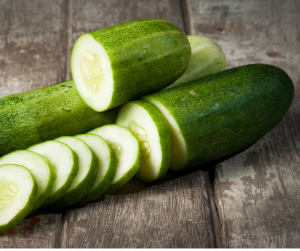
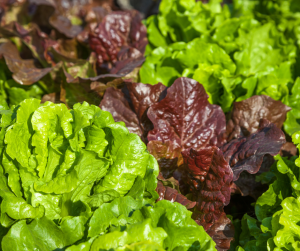
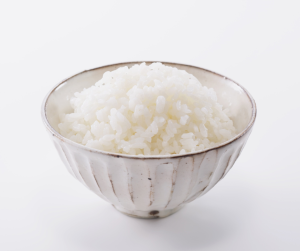
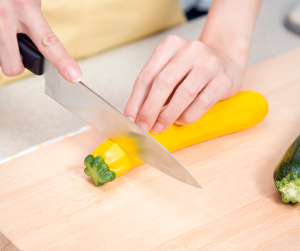
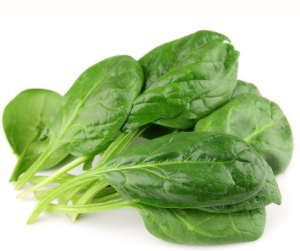
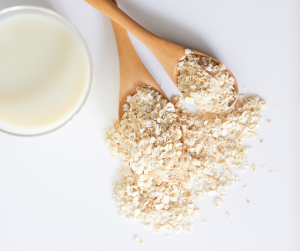

📏How Much to Feed
For the first feed, a small handful of food scraps—about ½ cup or 100g—is plenty. This gentle start gives worms time to settle and allows the bin’s microbial ecosystem to catch up.
Balancing Greens with Browns
To keep the bin balanced, pair your food scraps with an equal or slightly larger amount of carbon-rich bedding (browns). Aim for:
- ½ to 1 cup of bedding per handful of food scraps.
This keeps the carbon-to-nitrogen ratio in check, absorbs excess moisture, and helps prevent odours or pests.
🟢🟤 How to Layer Greens and Browns:
- Lift the worm blanket or top layer of bedding
- Create a small pocket or trench about 2–5 cm deep
- Add a small handful of food scraps, then sprinkle fresh bedding directly on top
- Cover lightly with bedding and replace the blanket
How Deep Should Food Be Buried?
🪱 How Deep Should Food Be Buried in a Worm Bin?
For the first feeding and beyond, food scraps should be buried just beneath the surface of the bedding—around 2 to 5 cm deep. This shallow depth keeps the food accessible to worms, encourages aerobic decomposition, and helps prevent odours or pests.
Why shallow is best:
- Worms feed near the surface, especially under a worm blanket
- Shallow burial allows oxygen to reach the scraps
- It helps microbes break down food faster
- Reduces risk of anaerobic pockets or fruit flie
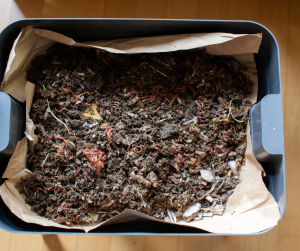
🔍 Monitor and adjust
After feeding, check the bin after 2–3 days. You’re looking for signs that the worms and microbes are actively working through the scraps.
✅ If the food is:
- Mostly gone or visibly decomposing
- Smell-free and not attracting flies
➡ You can add a small amount more, along with fresh bedding.
⚠ If food is:
- Still intact and untouched
- Smelling sour, slimy or attracting pests
➡ Pause feeding, fluff the bedding to improve airflow, and wait a few more days for microbes to catch up and begin breaking down the material.
Think of your worm bin as a living system—sometimes it needs time to rebalance before it’s ready for more food.
🔄 Ongoing Maintenance: Keep Your Worms Working
Once your vermicomposter is up and running, a little weekly attention goes a long way. Regular checks help you spot issues early, keep your worms healthy, and ensure your compost stays on track. From fluffing bedding to balancing scraps, these simple routines keep your bin thriving and your compost flowing.
Here’s what to check and adjust week by week:
Feed + Fluff Routine
Keeping your worm bin balanced doesn’t have to be complicated. This simple weekly routine guides you to feed confidently, dodge common pitfalls, and encourage healthy decomposition right from the start. Whether you’re composting at home or sharing the process with others, the Feed + Fluff method makes worm care easy to remember and follow. It covers key tasks like odour checks, monitoring worm activity, pest watching, adding greens, balancing browns, and fluffing bedding.
Each step is designed to keep your bin well-aerated, odour-free, and thriving—with minimal fuss and maximum clarity.
Step 1: Observe Conditions
Step 1: Observe Conditions 👀
Before feeding, take a minute to assess the bin. This prevents overfeeding and keeps the system aerobic and odour-free.
📋 What to check:
- Food scraps: Mostly gone or visibly decomposing (soft, darkened, shrinking).
- No large, untouched scraps: Avoid thick veg ends, citrus peels, or whole eggshells unless crushed.
- Smell test: No sour, vinegary, or rotten odours—should smell earthy or neutral.
- Worm activity: Worms should be visible near the surface, glossy, and moving.
- Bedding moisture: Should feel like a wrung-out sponge—moist but not soggy.
- Pest watch: Look out for signs of unwanted visitors like fruit flies or maggots, and take action if you spot any.
✅ If all looks good:
➡ Proceed to feeding
⚠ If not:
➡ Pause feeding, fluff bedding to improve airflow, remove rotting scraps, and wait 2–3 days for microbes to catch up
Step 2: Prepare the Feed
Step 2: Prepare the Feed 🍽️
Start small—especially in the first few weeks. Worms and microbes need time to adjust and build momentum.
🥕 What to feed:
- Soft fruit and veg scraps: banana peel, lettuce, cucumber, apple cores
- Avoid: citrus, onions, garlic, meat, dairy, oily foods, and cooked leftovers
📏 How much:
- ½ cup (approx. 100g) of food scraps per feed
- For larger bins or active populations, gradually increase over time
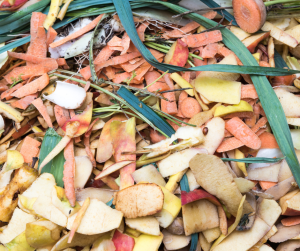
Step 3: Add Bedding





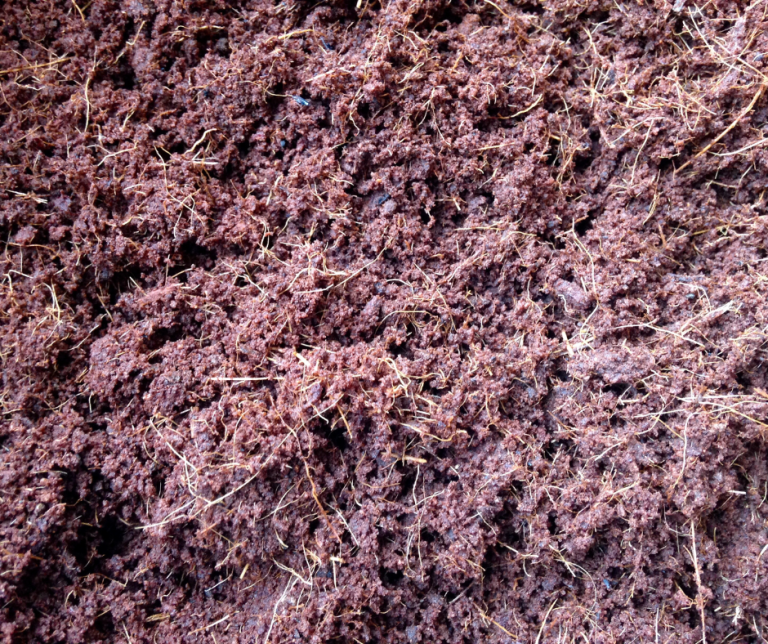


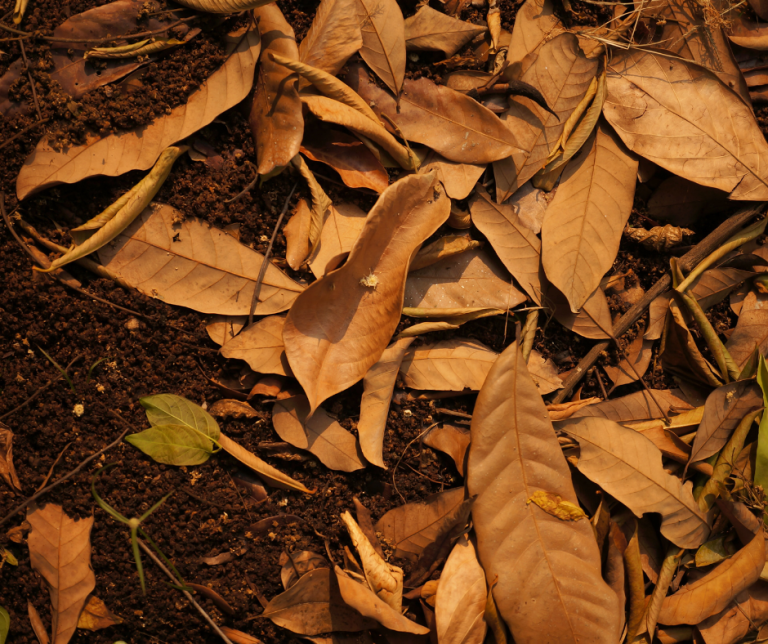

Step 3: Add Bedding (browns) 🍂
Bedding (browns) are essential for balance. They absorb moisture, prevent odours, and support aerobic breakdown.
🟤 What counts as browns:
- Shredded cardboard (non-glossy)
- Shredded paper or newspaper
- Dry leaves, straw, or sawdust (untreated)
- Optional: coco coir or aged compost
📏 How much:
- Add ½ to 1 cup of dry bedding with each feed
- Aim for a slightly higher ratio of browns to food scraps
Step 4: Feed + Fluff
Step 4: Feed + Fluff 🌬️
This step keeps the bin breathable and encourages surface feeding.
🪱 How to do it:
- Lift the worm blanket/cover and top layer of bedding
- Create a shallow pocket (2–5 cm deep)
- Add food scraps, then sprinkle browns directly on top
- Gently fluff surrounding bedding to improve airflow
- Replace the worm blanket to retain moisture and block light
💡“Feed + Fluff” = every feed includes a bedding top-up and gentle aeration
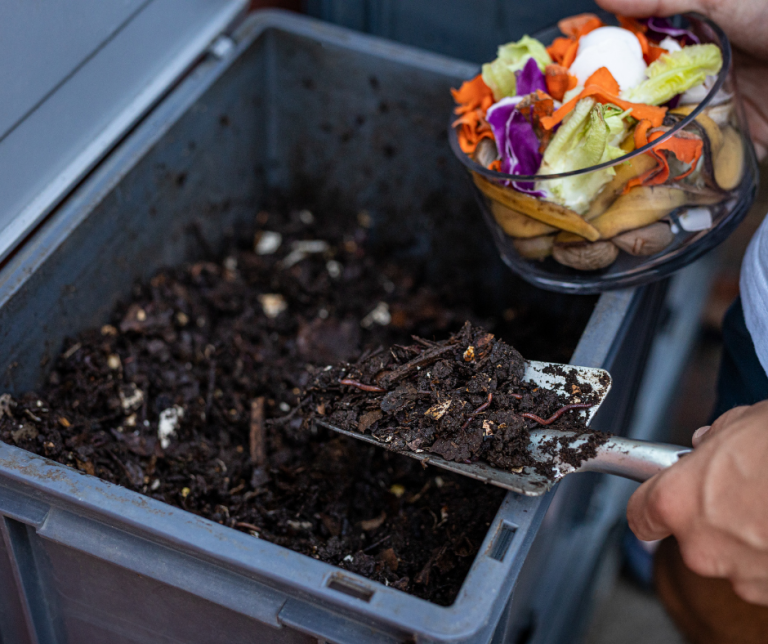
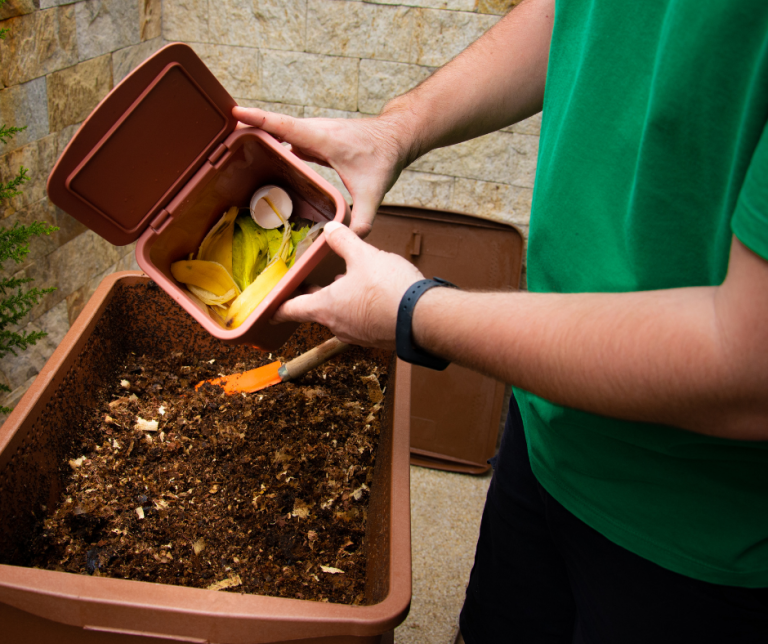
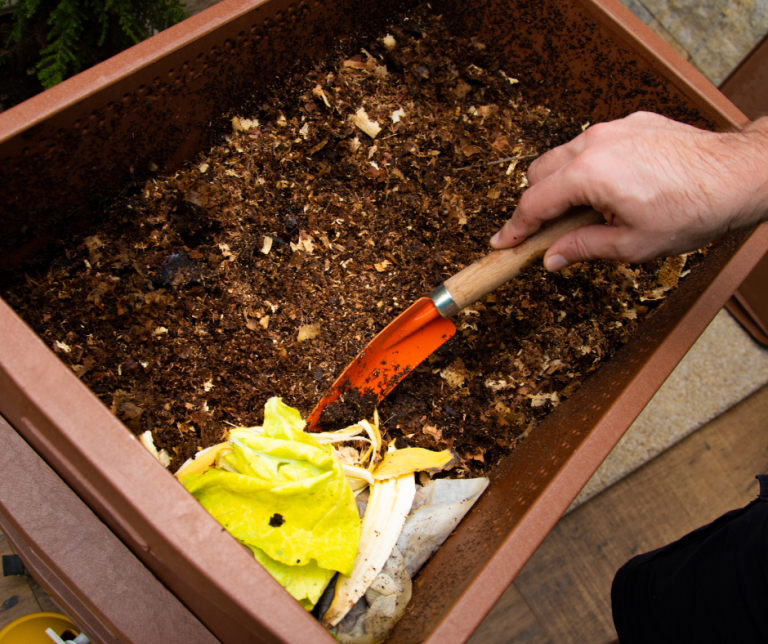
Step 5: Monitor & Adjust
Step 5: Monitor & Adjust 🔍
After feeding, check the bin again in 2–3 days to assess progress.
✅ If conditions are good:
- Food is mostly gone or breaking down
- No sour smells or pests
→ Add another small feed with browns
⚠ If conditions are off:
- Food is untouched, slimy, or smelly
→ Pause feeding, fluff bedding, remove rotting scraps, and let microbes catch up
→ Recheck in 2–3 days
🗓️ Optional: use a feeding tracker to log dates, observations, and adjustment
🌿 Ready to Start?
✅ Odour check
✅ Worm Activity
✅ Pest Watch
✅ Adding Greens
✅ Balancing Browns
✅ Fluff bedding
Moisture Check
Airflow Check
Bin Cleanliness
Harvest planning
💧 Moisture Check: Keep It Damp, Not Drenched
Moisture is one of the most important factors in a healthy worm bin. Worms breathe through their skin, so the bedding must stay damp—but too much moisture can lead to odours, pests, and anaerobic conditions.
✅ Ideal Moisture Level:
- Bedding should feel like a wrung-out sponge: moist to the touch, but not dripping
- When squeezed, it may release a few drops—no puddles or soggy clumps
- Worms should appear glossy and active, not dry or sluggish
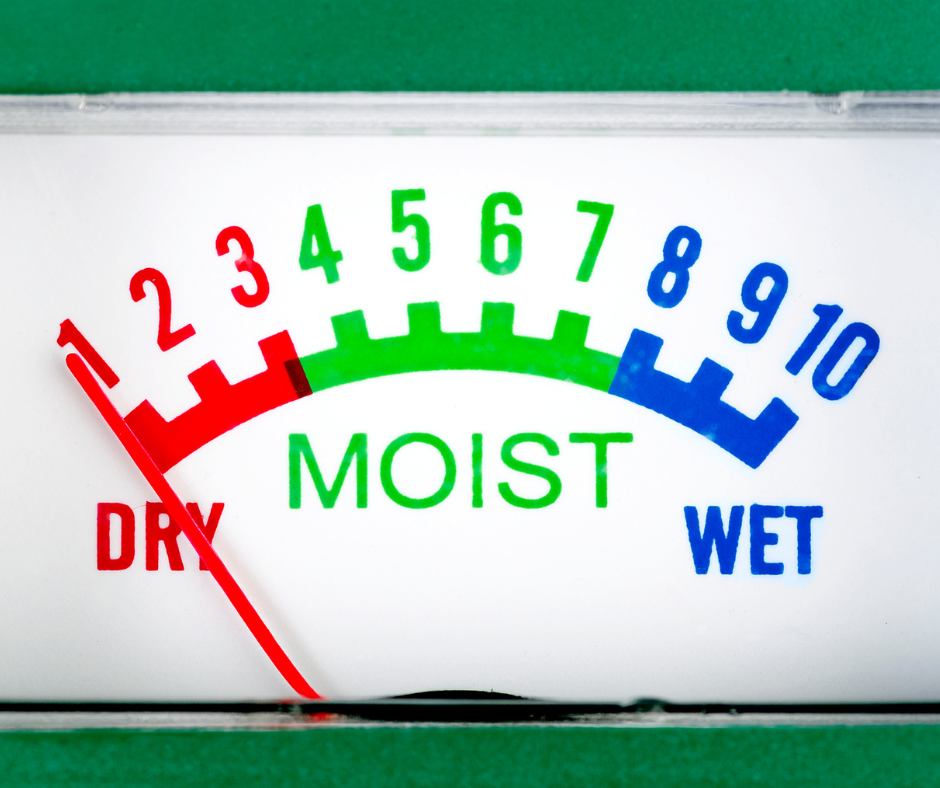
🧪 How to Test:
- Squeeze Test: Grab a handful of bedding and gently squeeze
- If it crumbles or feels dry → too dry
- If it drips or feels heavy → too wet
- Visual Check: Look for condensation, pooling, or matted bedding
- Smell Test: A sour or musty smell often signals excess moisture and poor airflow
If Too Dry:
If Too Dry:
- Mist lightly with water using a spray bottle
- Add moist bedding (e.g. damp shredded cardboard or coco coir)
- Cover with a damp worm blanket or newspaper to retain humidity
If Too Wet:
If Too Wet:
- Add dry browns: shredded cardboard, paper, or dry leaves
- Fluff the bedding to improve airflow and release trapped moisture
- Remove any overly wet or rotting scraps
- Leave the lid slightly ajar (if safe) to increase evaporation
🌬️ Airflow Check: Keep It Light, Keep It Breathing
Good airflow is essential for a healthy worm bin. It prevents anaerobic conditions, supports microbial activity, and helps bedding stay fresh and odour-free.
✅ Why Airflow Matters:
- Worms and microbes need oxygen to break down food aerobically
- Poor airflow leads to compacted bedding, sour smells, and pest issues
- Fluffy bedding = happy worms and balanced decomposition
🧪 How to Check Airflow:
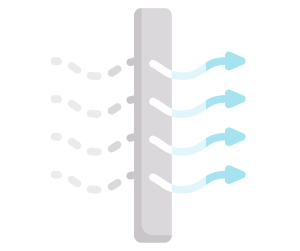
👀 Visual Check:
- Bedding should look loose and layered, not matted or soggy
- Food scraps should be buried but not sealed under dense bedding
- No puddles or heavy clumps—these block airflow
✋ Touch Test:
- Gently lift a handful of bedding—does it feel light and springy?
- If it feels heavy, wet, or compacted, it’s time to fluff
🛠️ How to Improve Airflow:
🌬️ Fluff the Bedding:
- Use your fingers or a small garden fork to gently lift and loosen bedding
- Focus on areas around food pockets—don’t stir too deep
- Fluffing helps release trapped gases and redistribute moisture
🍂 Add Dry Browns:
- Mix in shredded cardboard, paper, or dry leaves to lighten the texture
- Dry browns absorb excess moisture and create air pockets
🧣 Adjust the Cover:
- Use a breathable worm blanket (e.g. hessian, newspaper)
- If using a lid, ensure it has ventilation holes or leave slightly ajar (indoors only)
🧹 Bin Cleanliness: Keep It Tidy, Keep It Thriving
A clean bin isn’t just about appearances—it helps prevent pests, mould, and moisture buildup while supporting a healthy composting environment. Regular upkeep ensures your worm bin stays hygienic, breathable, and easy to manage
✅ What to Check:
🧼 Lid & Edges
- Wipe down the inside of the lid and bin rim weekly
- Prevents mould, mites, and fruit fly buildup
- Use a damp cloth or diluted vinegar solution (avoid harsh chemicals)
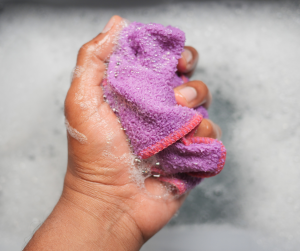
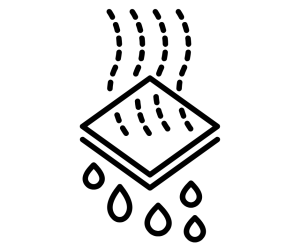
💧 Drainage (if applicable)
- If your bin has a drainage tap or tray, check for excess leachate
- Empty and clean the tray to prevent anaerobic conditions
- If leachate smells sour, reduce feeding and add dry bedding
🧽 Surrounding Area
- Keep the bin’s location dry and tidy—indoors or sheltered outdoors
- Avoid placing bins near compost piles, pet food, or sugary waste
- Store bedding and food scraps in sealed containers to deter pests
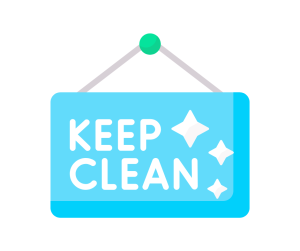
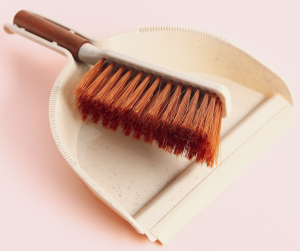
🐜 Pest Prevention
- Clean up spilled scraps or bedding around the bin
- Use a worm blanket or breathable cover to reduce fruit fly access
- If pests appear, pause feeding and fluff bedding to restore balance
✅ Odour check
✅ Worm Activity
✅ Pest Watch
✅ Adding Greens
✅ Balancing Browns
✅ Fluff bedding
✅ Moisture Check
✅ Airflow Check
✅ Bin Cleanliness
➡️ Harvest planning

🌱 Harvest Planning: When to Collect Finished Compost
As your worm bin matures, the bedding will gradually transform into rich, dark compost—known as vermicast. This nutrient-packed material is a sign that your system is thriving and ready to give back to your garden.
You don’t need to harvest weekly. But every few months, or when the bin looks full and food scraps are mostly gone, it’s time to separate the worms and collect the compost.
Knowing when and how to harvest helps keep your bin productive and your plants happy.

